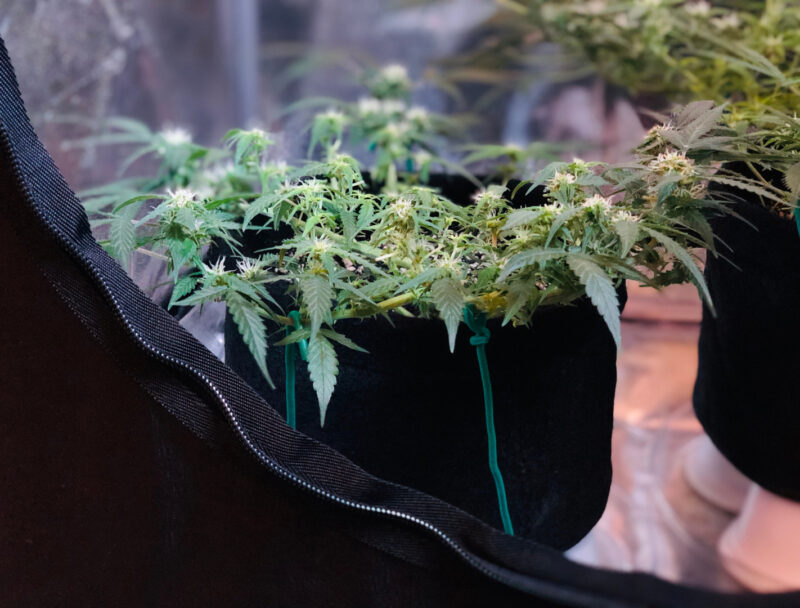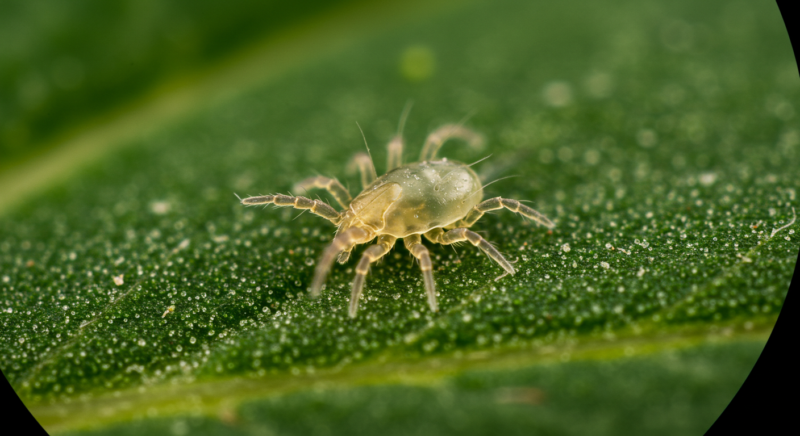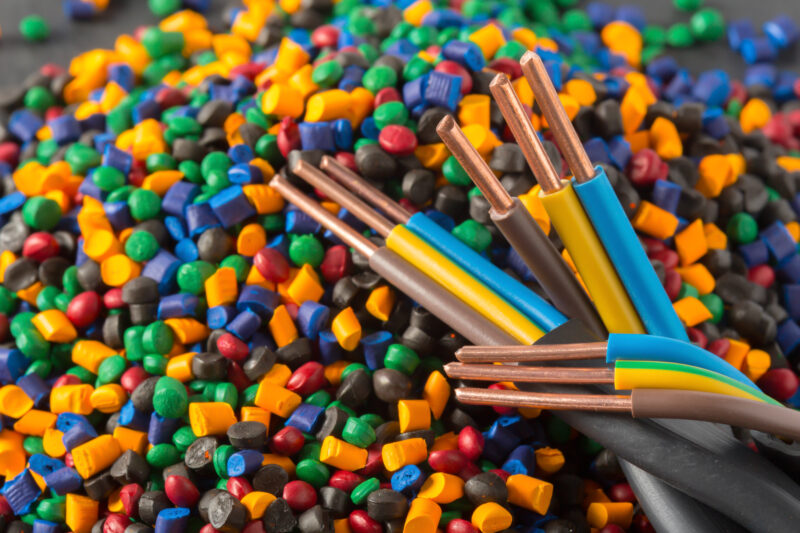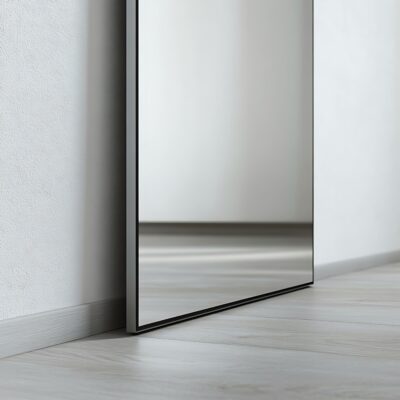Setting Up Your Grow Room
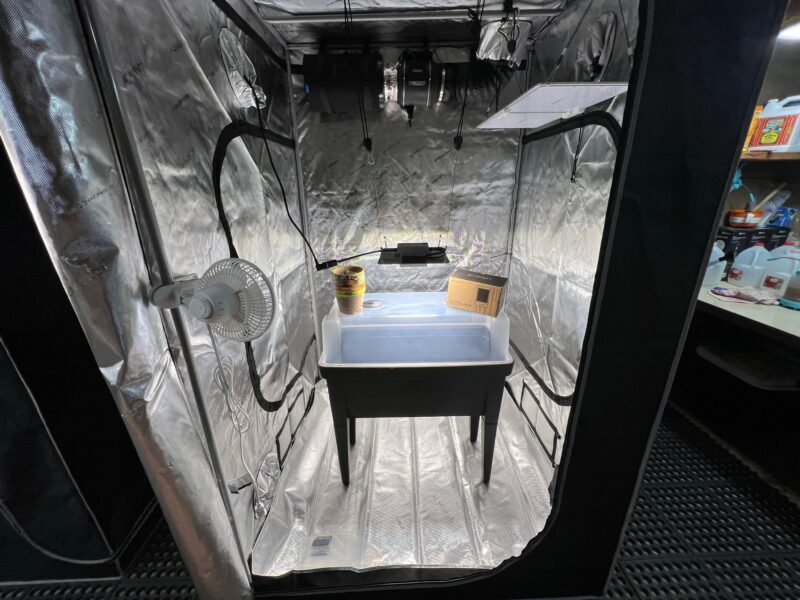
This chapter is all about putting it together—creating a functional grow room to grow the best cannabis crop possible. Before jumping into setup, figuring out how much you want to grow and where you want to grow is crucial. The size, location, and budget will determine what you need in terms of tools, supplies, and space. This section will guide you through those decisions, helping you design a space that fits your goals.
How Much to Grow
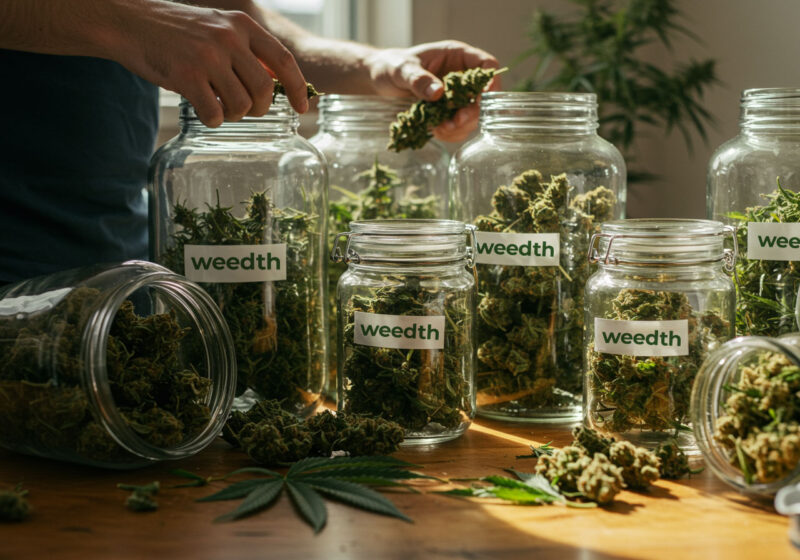
The first thing to consider is how much cannabis you want to produce. The size of your grow room directly influences how much yield you can expect, and this in turn will impact your budget, equipment choices, and grow space requirements.
One of the key factors here is the lighting. The type, wattage, and number of lights you use will directly affect how much your plants will produce. The most efficient lights for growing cannabis include CFLs (Compact Fluorescent Lamps), HIDs (High-Intensity Discharge) lights, and LEDs (Light Emitting Diodes). These types of lights offer excellent lumens-per-watt conversion, meaning they deliver more light energy to your plants for each watt of electricity used.
LED lights have revolutionized cannabis grow due to their efficiency, low heat output, and you can switch to different wavelengths for specific plant growth stages. While initially more expensive, LED lights use significantly less electricity than HIDs and CFLs, and they have a longer lifespan, which can save you money in the long run.
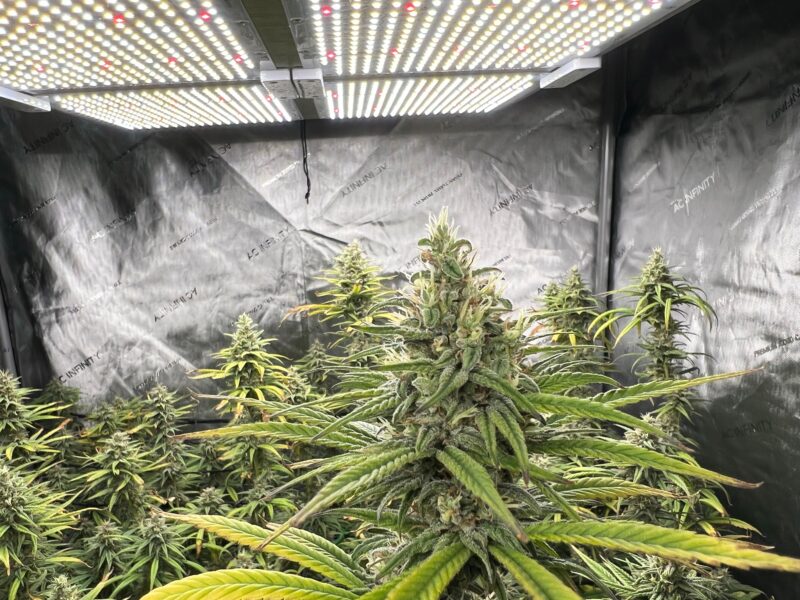
Once you have plants in the flowering room, expect a harvest of about 0.5 to 1 gram of buds per watt of light over a typical 60-day flowering period. Of course, this assumes everything goes according to plan and your environment is well-managed.
Here’s a rough breakdown of what you can expect based on the wattage of your grow lights:
| Watts | Grams | Ounces |
|---|---|---|
| 200 | 100 - 200 | 3.5 - 7.0 |
| 400 | 200 - 400 | 7.0 - 14.0 |
| 600 | 300 - 600 | 10.5 - 21 |
| 800 | 400 - 800 | 14 - 28 |
| 1000 | 500 - 1000 | 17.5 - 35 |
As you can see, more light means more grams of dried buds, assuming all other factors remain optimal. Use this table to help determine your space and lighting needs before getting started.
Choosing the Right Location for Your Grow Room
Your grow room’s location sets the stage for everything. You’ll need to think about things like electrical access, air ventilation, temperature control, and security. Ideally, your grow room should have easy access to power and an air exhaust outlet—preferably one that vents outside to reduce heat and remove unwanted odors.
Let’s break down a few common grow room locations:
Basement Grow Rooms
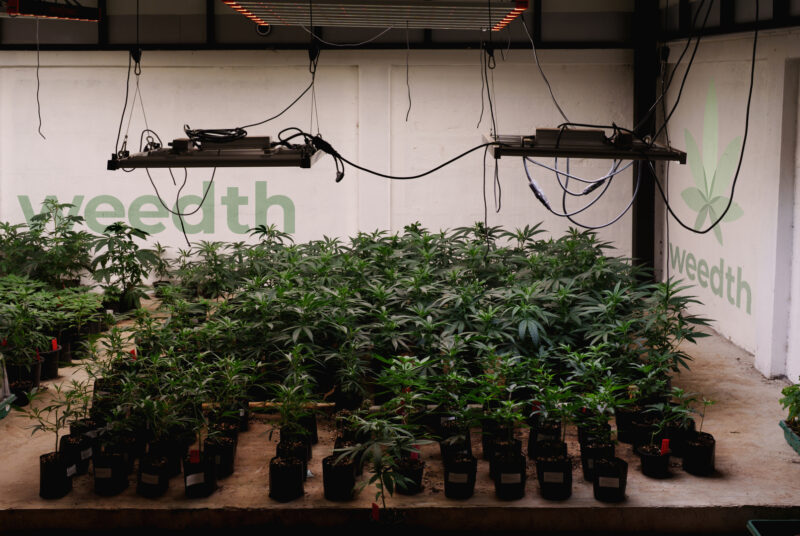
Basements make excellent grow rooms because they offer relatively stable temperatures and humidity levels. The concrete walls, often backed by soil, provide natural insulation. Sometimes, you can even construct a false wall or hidden door for extra security. This makes basements a favorite among growers who want to keep their operations discreet.
Attic Grow Rooms
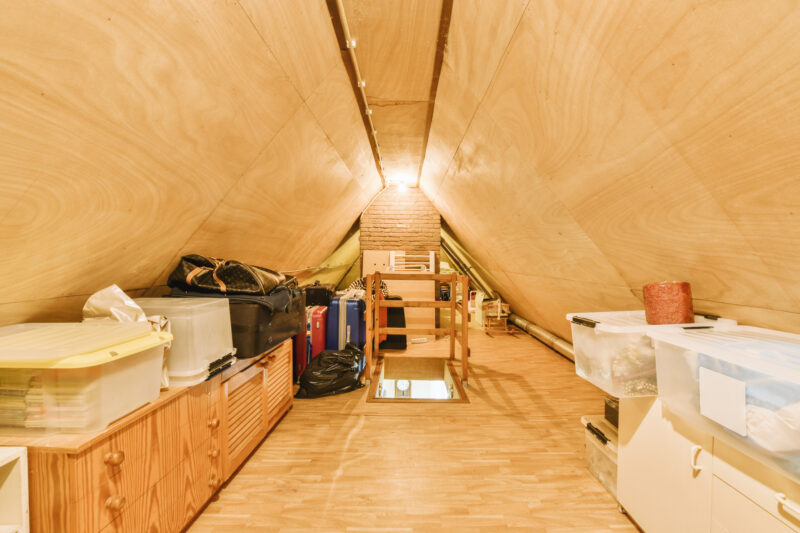
Attics can be a bit more challenging due to extreme temperature fluctuations. In the summer, heat can accumulate and make it difficult to regulate temperatures, while in winter the space can get too cold. If your attic isn’t properly insulated, you’ll need to invest in extra climate control equipment. Attics offer a level of seclusion that other spaces might not, which can be beneficial for security.
Main Floor Spaces
Grow rooms located on the main floor, such as in a spare bedroom, closet, or cabinet, are highly accessible. This makes them easy to maintain but also increases the likelihood of discovery. Temperature and humidity control are usually easier on the main floor, as it’s often connected to the home’s HVAC system. Be aware of visitors and make sure that you have the necessary security measures in place.
Two Grow Rooms
Having two separate grow rooms—one for vegetative growth and cloning and the other for flowering—is an efficient way to keep a continuous harvest cycle going. The vegetative area uses fluorescent lights on for 24 hours a day, helping seedlings or clones grow strong. Meanwhile, the flowering area operates with HPS or MH lights for 12 hours a day to promote bud development.
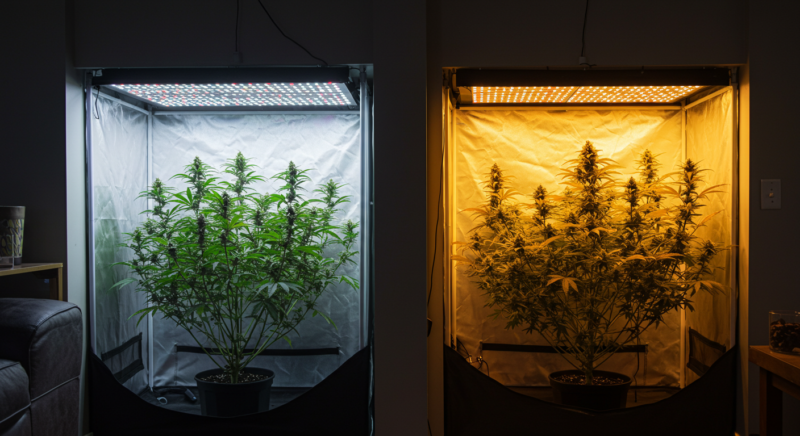
This setup allows you to move mature plants into the flowering room as soon as you harvest, keeping your grow cycle moving smoothly. It also helps reduce electricity costs, as the flowering lights only run half the time compared to a single-room setup. Just make sure to use lightproof barriers to prevent light from the vegetative room from leaking into the flowering space, which could disrupt the flowering cycle. While this setup requires extra space, it leads to faster, more productive harvests.
Outbuildings and Detached Structures
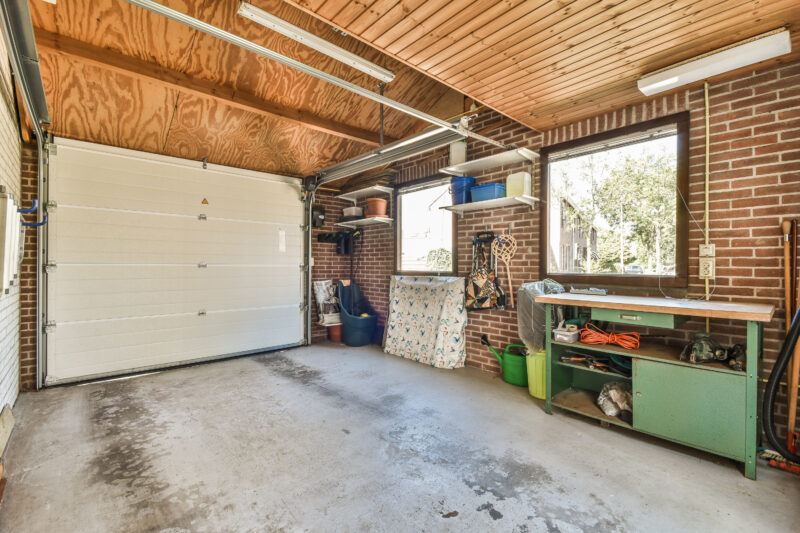
Using an outbuilding like a garage or barn may seem convenient, but these spaces tend to be less secure and more prone to break-ins. Police, thieves, and curious neighbors can access them more easily, making them a higher risk location for cannabis cultivation. If you choose to grow in an outbuilding, make sure it’s well-fortified and consider investing in a security system.
Budgeting for Your Grow Room
Now that you’ve decided on a location and how much to grow, the next step is to set your budget. Building a grow room can be as expensive or as affordable as you make it, depending on how elaborate your setup is. Here’s a rough budget guide for setting up a basic grow room:
Updated Price Table for Cannabis Growing Equipment (2025)
| Item | Super Grow Budget | Normal Budget | Cheap Budget | Super Cheap Budget |
|---|---|---|---|---|
| Grow Light | $700 | $300 | $200 | $100 |
| Circulation Fan | $80 | $40 | $30 | $20 |
| Charcoal Filter | $200 | $100 | $50 | $40 |
| Ventilation Fan | $150 | $50 | $40 | $30 |
| Thermo/Hygrometer | $30 | $20 | $15 | $10 |
| White Walls/Mylar | $60 | $30 | $20 | $10 |
| Containers | $50 | $25 | $15 | $10 |
| Nutrients | $50 | $25 | $15 | $9 |
| Soil/Soilless Mix | $40 | $20 | $15 | $10 |
| Tools | $200 | $100 | $50 | $0 |
| Fertilizer | $50 | $30 | $20 | $15 |
| Construction Supplies | $200 | $100 | $50 | $10 |
| Total | $1,810 | $840 | $520 | $364 |
These prices show the latest trends and equipment in 2025, offering various performance levels depending on the budget. As shown in the table, you can build a functional cannabis grow room for as little as $364 with basic equipment or invest in a more advanced setup costing $1,810 for higher efficiency and yields.
If you’re working with a tight budget, there are ways to cut costs by sourcing second-hand equipment or repurposing materials. However, it’s important to remember that quality often correlates with price—so while budget options may save you money upfront, investing in more reliable, durable equipment can result in better performance and fewer issues in the long run.
Tools and Supplies for Grow Closet Construction
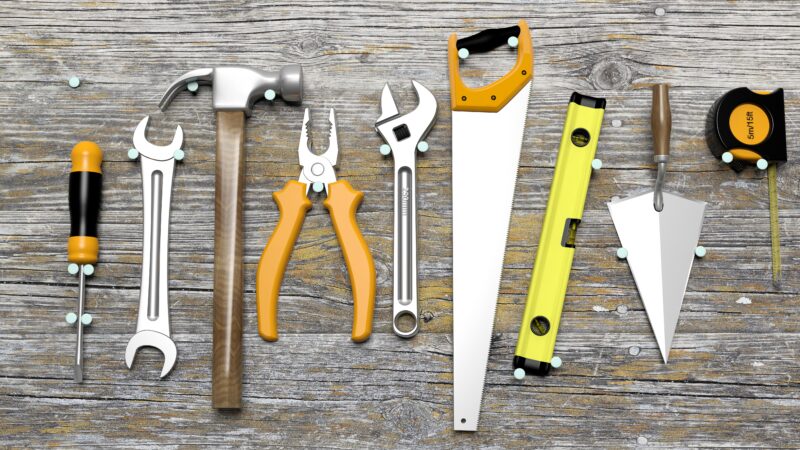
When setting up a grow closet, having the right tools and supplies on hand can make the process much smoother. Whether you’re using hand tools or power tools, preparation is key to creating an efficient and productive growing environment. Here’s a breakdown of the tools and materials you’ll need to get started.
Tools Normally Needed
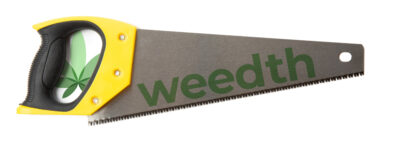
Saws: Japanese hand saws are particularly useful for their precision in cutting wood. You’ll want one flat saw for cutting boards and another type for cutting circular holes for ventilation and cords. Alternatively, a power saw can speed up the process for larger cuts.
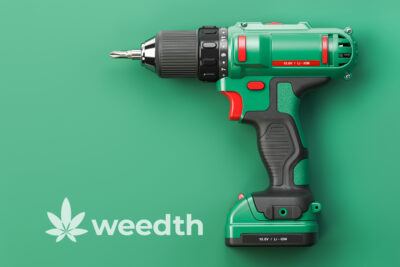
Electric Drill: A versatile tool for making holes in various materials like wood, metal, or even ceramic. Make sure you have a set of drill bits for different surfaces.
Battery-Powered Screwdriver: Handy for quickly driving screws without the hassle of manual labor. Make sure it’s fully charged before starting your project.
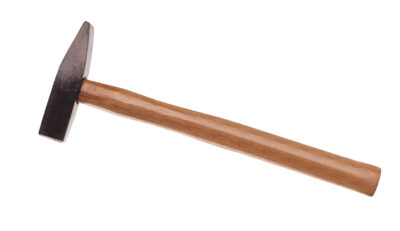
Hammer: A standard claw hammer works great for securing nails and small tasks around the grow closet.
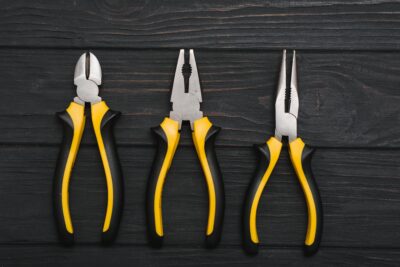
Pliers: Useful for gripping, holding, or pulling out nails. They come in handy for various tasks, from tightening bolts to holding wires in place.
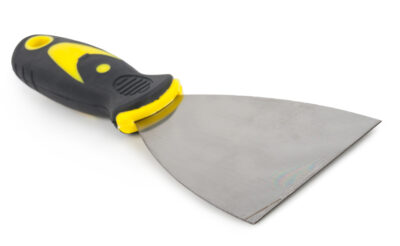
Putty Knife: Necessary for applying caulk or putty to seal any gaps or holes in your grow room, especially when aiming to prevent light or air leaks.
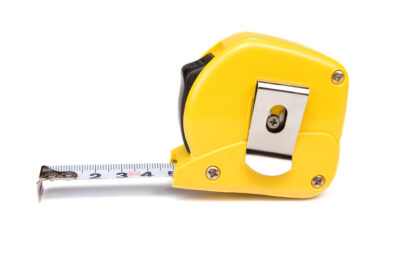
Tape Measure: Essential for ensuring accurate measurements when cutting materials or placing equipment inside the grow space.
Supplies Normally Needed
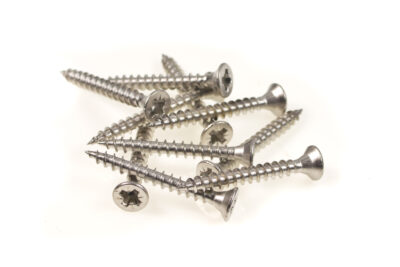
Drywall Screws: These are crucial for securing drywall to the framing if you are constructing walls or partitions within your grow space.
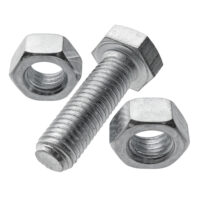
Rack Screws and Nuts: You’ll need these for attaching shelves or other equipment where standard screws won’t suffice.
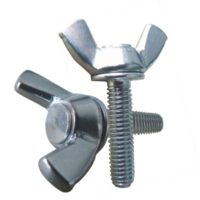
Butterfly Bolts: Useful for hanging heavier equipment like lights or ventilation systems from the ceiling or walls. They provide extra security to prevent any unwanted falls or accidents.
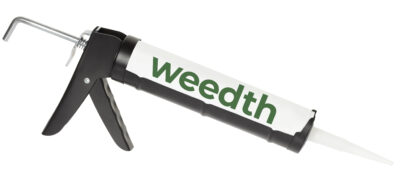
Caulk: Use silicone-based caulk to seal gaps or cracks in the grow room, particularly around doors and ventilation openings. This prevents air or light leaks.

Cable Ties: These are essential for organizing and fastening cords, hoses, and other equipment in your grow space. With a simple tug, you can secure everything in place without the risk of tangling.
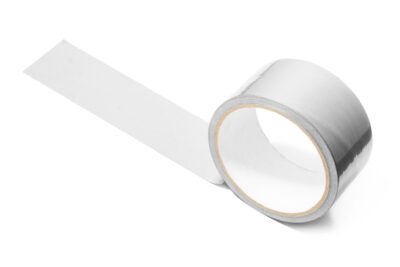
Duct Tape: A must-have for quick fixes and securing temporary fittings. It’s ideal for sealing ventilation ducts, lightproofing areas, or temporarily holding equipment in place.

Plastic Sheeting for Walls: Use this heavy-duty plastic sheeting to line your grow room walls, helping to waterproof and insulate the area. It’s also helpful for containing light within the grow space.
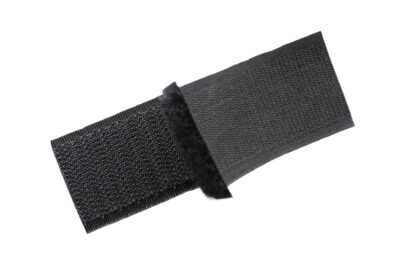
Hook-and-loop fastener: Excellent for sealing doors or sectioning off areas in your grow room, offering easy access and adjustment when needed.
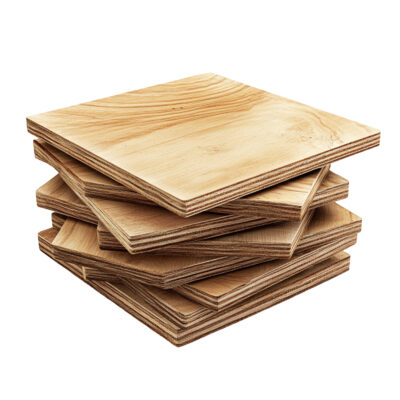
Plywood (1 x 1 m) for Ceiling: This will serve as a solid base to hang lights, ventilation fans, or other equipment from the ceiling. Make sure it’s properly secured to prevent any accidents.
Power Tools and Additional Items
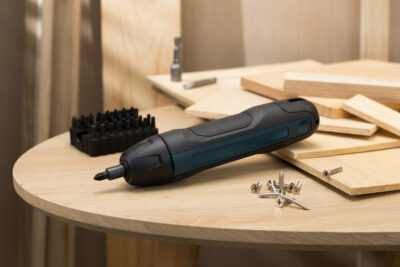
Battery-Powered Electric Screwdriver: A fully charged electric screwdriver with multiple driver heads will save time and make quick work of assembling your grow room components.
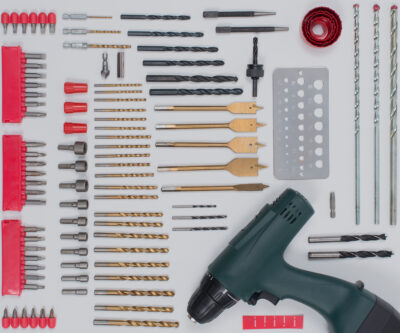
Set of Drill Bits: Ensure you have drill bits for wood, metal, and ceramic so that you can easily attach any necessary hardware to various surfaces.
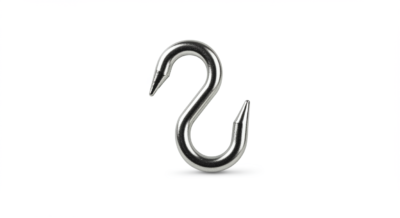
Hooks: Install several hooks to hang your lamps, cords, timers, and other grow room equipment. This keeps your space organized and prevents cords from tangling or lying on the floor.
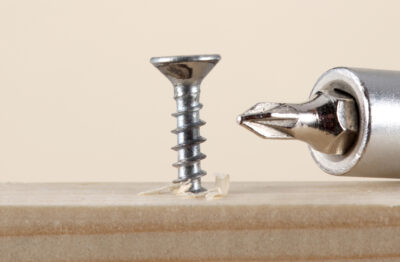
Ceramic and Wood Screws: Use these specialized screws to secure fixtures or shelves to ceramic or wood surfaces. Teflon tape can also be used to prevent moisture leaks in threaded connections.
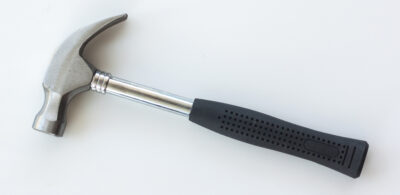
Claw Hammer: This will come in handy for all your nailing tasks, whether you’re securing boards or fixing small fixtures in your grow room.
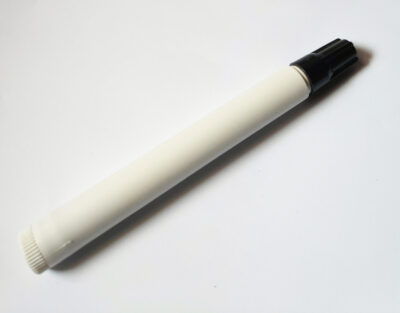
Indelible Marking Pens: Use these to clearly mark distances when measuring, label plants, or make notes on your grow room design. Since they are permanent, they are ideal for long-term use in humid or hot grow environments.
Design your Grow Room Step by Step
Step One: Design Your Grow Room
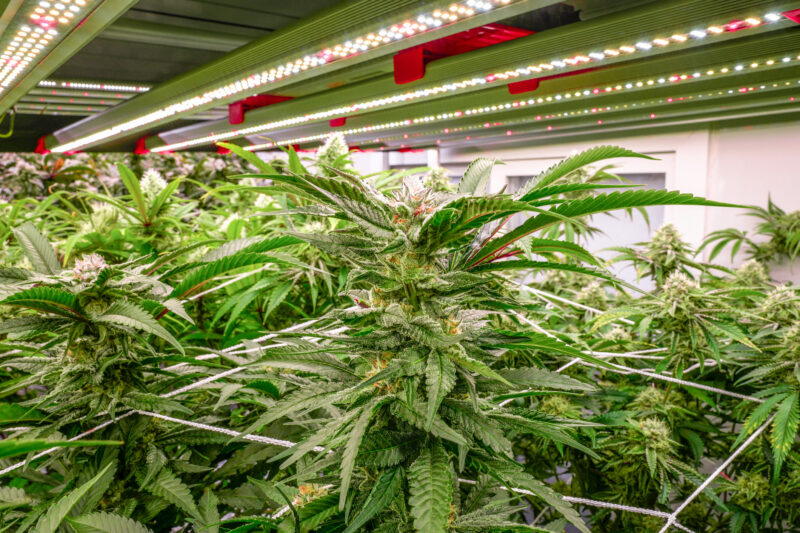
Before setting up your grow room, it’s essential to design the space with efficiency and optimization in mind. Proper planning ensures your plants receive the ideal environment for growth, maximizing space, energy efficiency, and yield potential. This stage involves defining your grow goals, determining where your grow room will be located, and organizing equipment for optimal results.
Determine Your Grow Goals
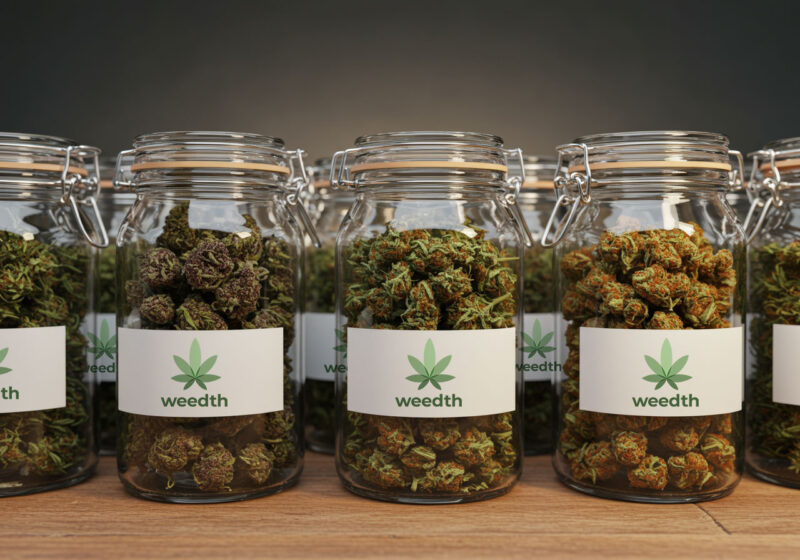
The amount of cannabis you plan to grow will dictate the size of your grow space, the equipment required, and the yield potential. For personal use, a smaller setup will do the job, but for higher yields or commercial production, you’ll need larger, more sophisticated setups. After determining how much you want to grow, you can plan your grow room dimensions accordingly.
- Personal use: Smaller setups (2x2 or 3x3 feet) are perfect for home growers aiming to produce a few ounces.
- High yield: Larger setups (4x4 feet and up) are designed to maximize output with more plants, higher wattage lighting, and better environmental control.
- Commercial scale: Large rooms or warehouses with dedicated spaces for each growth phase, efficient lighting, and automation systems for maximizing profits.
Visualize and Plan the Setup
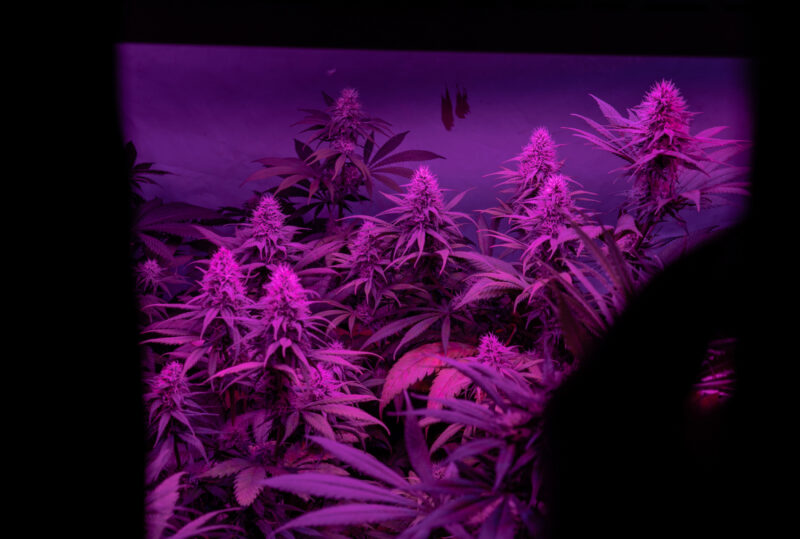
Before you begin construction or equipment setup, it’s helpful to sketch out your grow room to scale. This will ensure that all your equipment—lights, fans, ventilation, and plants—fits properly in the available space. A good plan avoids potential issues like poor airflow, lighting inefficiencies, or cramped spaces.
For example, in a 3 x 3-foot (90 x 90 cm) grow space, you can fit a 400-watt HID or LED setup that supports 2-4 plants. Placing the ballast and timers outside the grow area or in an overhead compartment can save space and reduce heat. This allows you to dedicate most of the room to your plants, while shelves or drawers under the grow bed can be useful for storing nutrients and tools.
Power Breakdown for a 400-Watt HID Setup:
- 400-watt HID or LED for lighting.
- 15-watt timer to automate the light cycle.
- 150-watt inline fan with carbon filter for ventilation and odor control.
- Total Power Usage: ~565 watts.
This beginner-friendly setup provides enough space for 2-4 plants, yielding 7-14 ounces (200-400 grams) of dried buds after 3-4 months of growing. It’s perfect for personal use, offering an easy entry point into cannabis cultivation.
Advanced Design for Perpetual Harvests
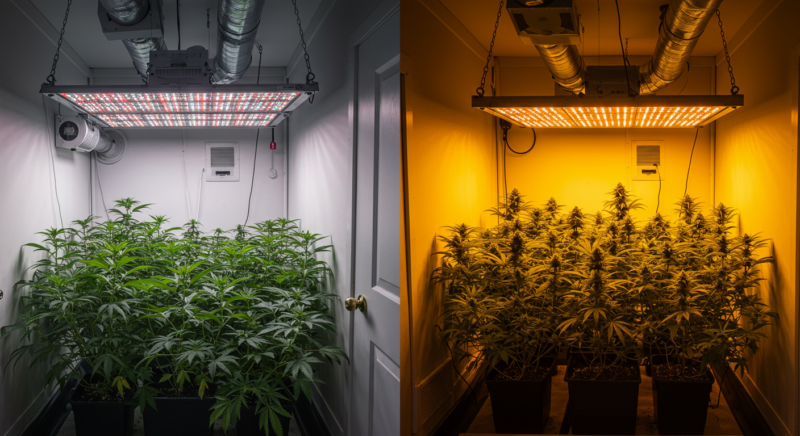
A perpetual harvest system is highly efficient for more advanced growers seeking a continuous harvest. By using separate rooms for vegetative and flowering stages, you can have plants at different stages of growth at all times. This way, as soon as one plant is harvested, another is ready to move into the flowering room, allowing you to harvest every 60-70 days.
Room Design:
- Vegetative Room: 2x2 feet with two 100-watt CFL bulbs or 200-watt LED or MH and a small LED for clones, seedlings, and mother plants.
- Flowering Room: 3x3 feet with a 400-watt LED or HPS for mature, flowering plants.
Power Breakdown:
- 400-watt LED or HPS for flowering.
- 200-watt CFL, LED or MH for the vegetative stage.
- 15-watt timer to automate light cycles.
- 150-watt fan for ventilation in the flowering room.
- 100-watt fan for airflow in the vegetative room.
- Total Power Usage: ~875 watts.
This design keeps plants in constant rotation, increasing yield potential by up to 20%. Depending on strain and environmental factors, you can expect to produce 7-14 ounces (300-600 grams) of dried buds every 60-70 days.
Personal Use Setup (2x2 or 3x3-foot Grow Room)
A small grow setup is perfect for beginners or casual growers who want to produce cannabis for personal consumption. These setups are easy to manage, cost-effective, and provide enough yield for a steady supply.
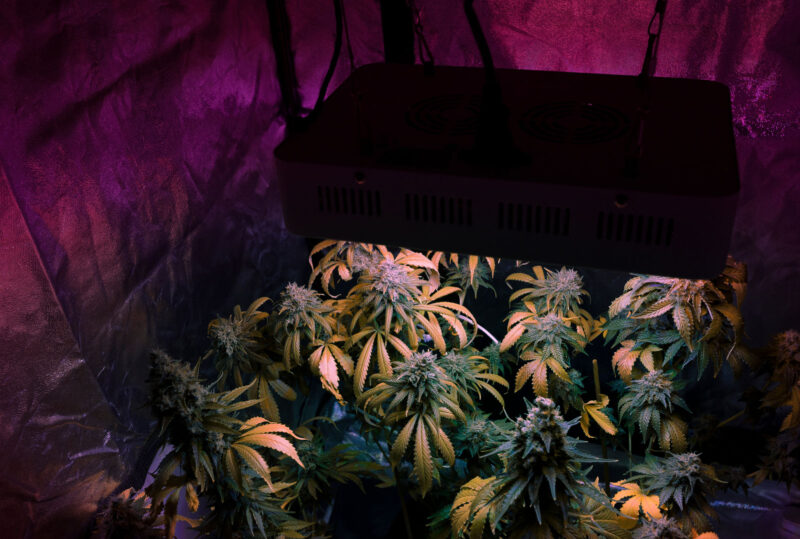
Room Design:
- Tent Size: 2x2 or 3x3 feet.
- Lighting: 150W-300W LED or a 400-watt HID.
- Ventilation: 4-inch inline fan with a carbon filter for odor control.
- Fans: Small clip-on oscillating fans for internal air circulation.
- Pots: 2-4 3-gallon fabric pots.
Power Breakdown:
- 150-300 watt LED or 400-watt HID.
- 50-100 watt fan for ventilation.
- 15-watt timer.
- Total Power Usage: ~215-515 watts.
Yield Expectation: 7-14 ounces (200-400 grams) over 3-4 months. This setup is ideal for personal use, providing ample supply and easy to maintain.
High Yield Setup (4x4 or 5x5-foot Grow Room)
A medium-sized grow room setup is an excellent choice for growers looking to maximize yield. You can grow more plants with more space, install more powerful lights, and optimize environmental controls, leading to higher production.
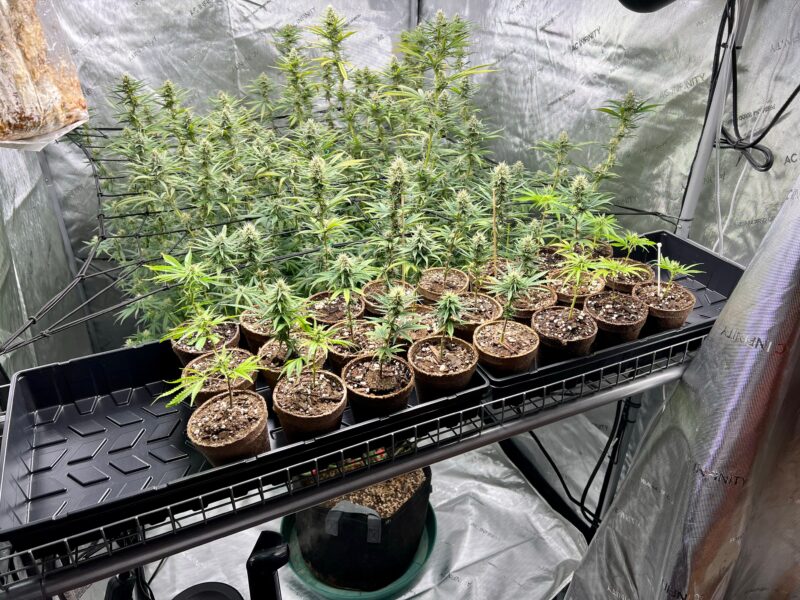
Room Design:
- Tent Size: 4x4 or 5x5 feet.
- Lighting: 600-1000-watt LED or HPS (600-watt LED for energy efficiency or 1000-watt HPS for maximum light intensity).
- Ventilation: 6-inch inline fan with a carbon filter for heat and odor management.
- Fans: Multiple oscillating fans to improve airflow inside the tent.
- Pots: 4-6 5-gallon fabric pots or a hydroponic system.
Power Breakdown:
- 600-1000 watt LED or HPS.
- 150-watt inline fan.
- 15-watt timer.
- Total Power Usage: ~765-1215 watts.
Yield Expectation: 16-24 ounces (450-1000 grams) depending on growing techniques, strain, and environmental factors. Techniques like low-stress training (LST), topping, and Scrog (Screen of Green) can maximize light exposure and plant health, increasing yield potential.
Commercial Setup (Large Room or Warehouse)
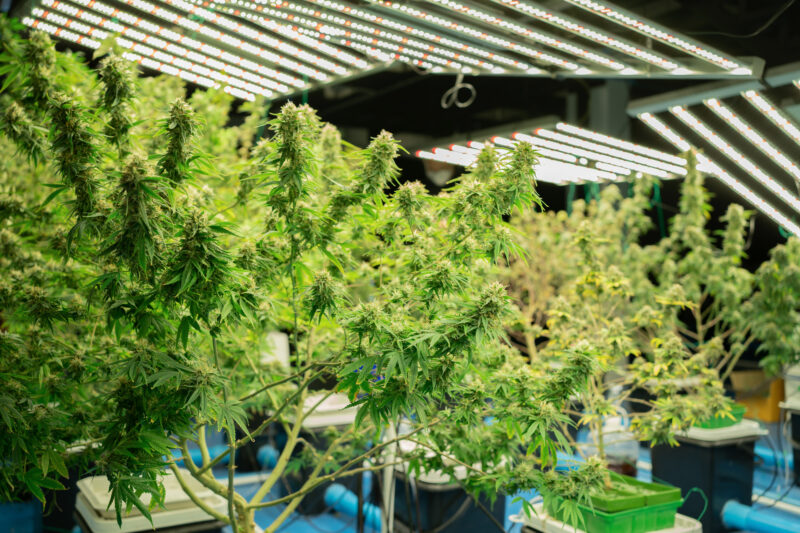
If you are aiming to grow cannabis at a commercial scale, efficiency, automation, and scalability are critical. A commercial grow room involves high-powered lights, advanced environmental control systems, and automated irrigation systems to keep multiple plants thriving in different stages of growth.
Room Design:
- Room Size: Warehouse or large room (20x20 feet or larger).
- Lighting: Multiple 1000-watt LED or HPS lights, potentially using Gavita or Fluence high-efficiency lights.
- Ventilation: 8-inch or 10-inch inline fans with carbon filters for odor control and temperature regulation.
- Automation: Automated drip irrigation systems, CO2 enrichment, and environmental controllers for managing temperature, humidity, and light cycles.
- Growing Medium: Large-scale hydroponic systems (e.g., DWC, RDWC) or soil beds depending on preference.
- Room Division: Multiple rooms or zones—one for vegetative growth and one for flowering—each with different light schedules.
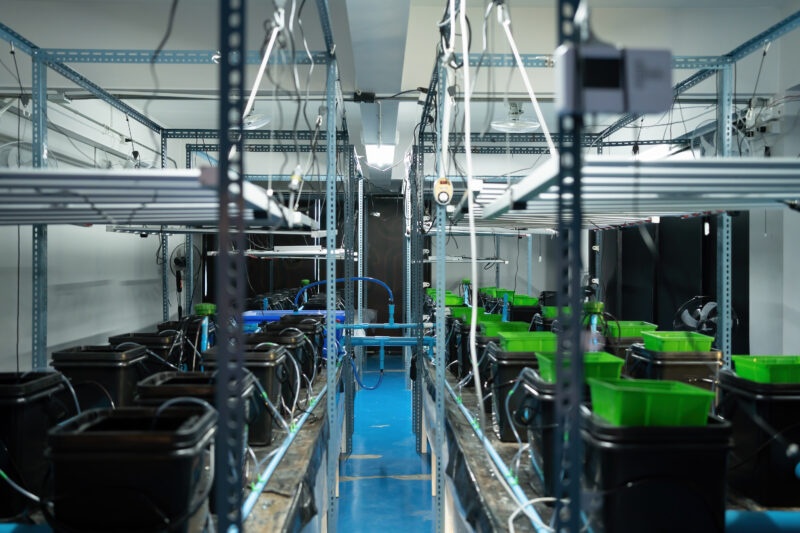
Power Breakdown:
- Multiple 1000-watt LEDs or HPS (scaled to the room size).
- 200-400 watt inline fans.
- Automated systems for irrigation and environmental control (CO2 enrichment can increase power usage).
- Total Power Usage: Scaled to room size but expect around 5000-10,000 watts or more for large commercial operations.
Yield Expectation: Commercial setups can yield anywhere from 10-50 pounds (4.5-22.6 kg) per harvest depending on room size, strain selection, and growing methods. Implementing perpetual harvest systems, where different stages of growth are continuously cycled, can lead to year-round harvesting, increasing efficiency and profitability.
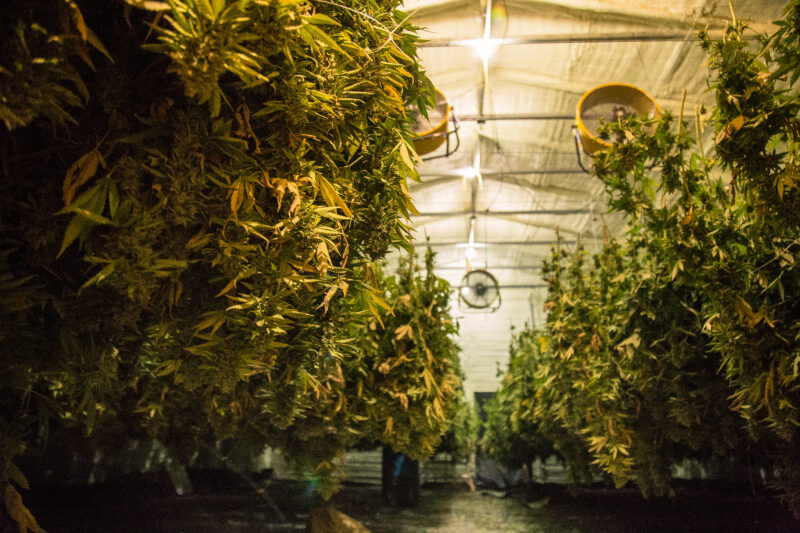
Commercial Tip: CO2 enrichment (up to 1200-1500 ppm) combined with high-intensity lighting (1000-watt LEDs or HPS) can drastically increase plant growth and yield, but only in sealed grow environments where temperature and humidity are tightly controlled.
Example Setup: Hydroponic System in a 4x4 Tent
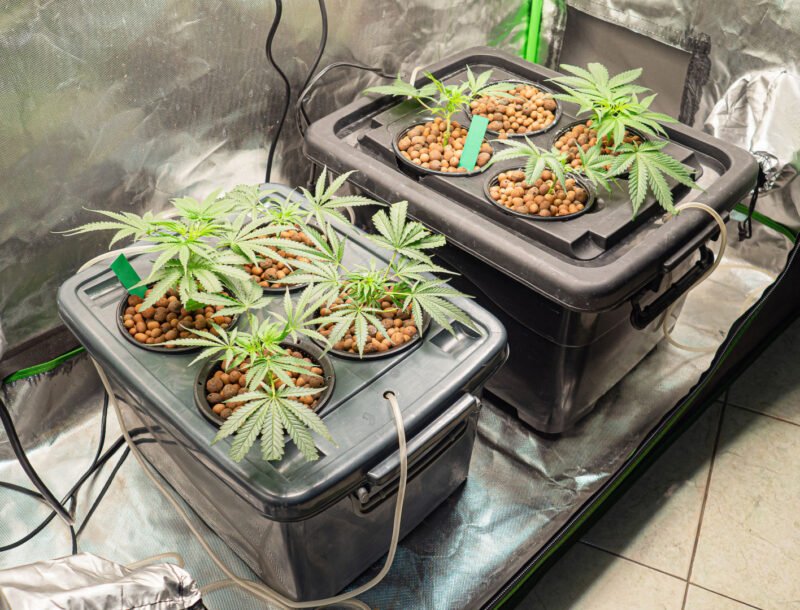
Hydroponic setups are ideal for those seeking faster growth and bigger yields. This method provides direct access to nutrients, accelerating plant growth and increasing overall yield.
Room Design:
- Tent Size: 4x4 feet.
- Lighting: 600-watt LED or 600-watt HPS.
- Ventilation: 6-inch inline fan with a carbon filter.
- System: DWC (Deep Water Culture) or RDWC system for 4-6 plants.
- Fans: Oscillating fans to promote airflow and prevent mold.
Power Breakdown:
- 600-watt LED or HPS.
- 150-watt inline fan.
- 20-watt air pump for the hydroponic system.
- 15-watt timer.
- Total Power Usage: ~785 watts.
Yield Expectation: 20-24 ounces (560-680 grams) per cycle. Hydroponics tends to deliver higher yields than soil due to more efficient nutrient uptake.
Example Setup: Commercial Vertical Growing in a Warehouse
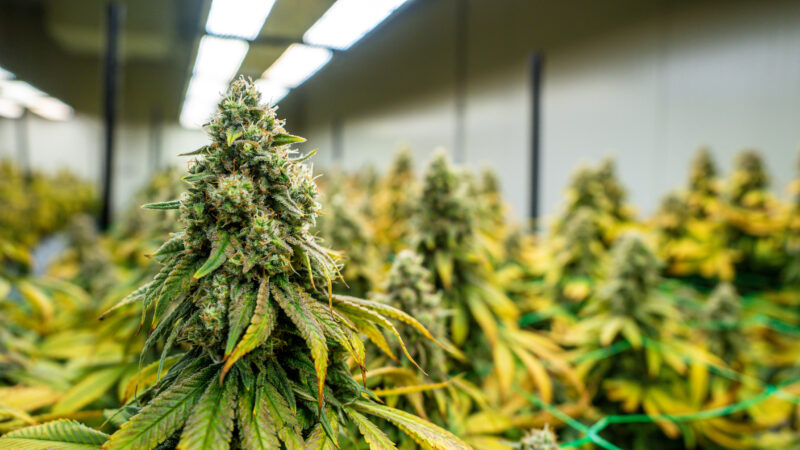
Vertical growing maximizes space in commercial grow operations, especially indoors in warehouses with limited floor space. This involves stacking plants in tiers to increase growing capacity.
Room Design:
- Room Size: Warehouse with vertical racks (multi-tier system).
- Lighting: Multiple 600-1000-watt LED lights placed at different levels.
- Ventilation: 8-10-inch inline fans and environmental controls for heat, humidity, and CO2 levels.
- Growing Medium: Hydroponic trays or aeroponics to minimize water usage and optimize nutrient delivery.
Power Breakdown:
- 1000-watt LEDs per tier.
- Large inline fans and air filtration systems (400-500 watts per fan).
- Total Power Usage: Varies based on the number of tiers but can reach 10,000+ watts for larger warehouse operations.
Yield Expectation: Using vertical farming methods, commercial growers can achieve 3-4 times the yield of traditional setups, maximizing available space and producing several pounds per tier depending on strain and growing methods.
Step Two: Cleaning Your Grow Area
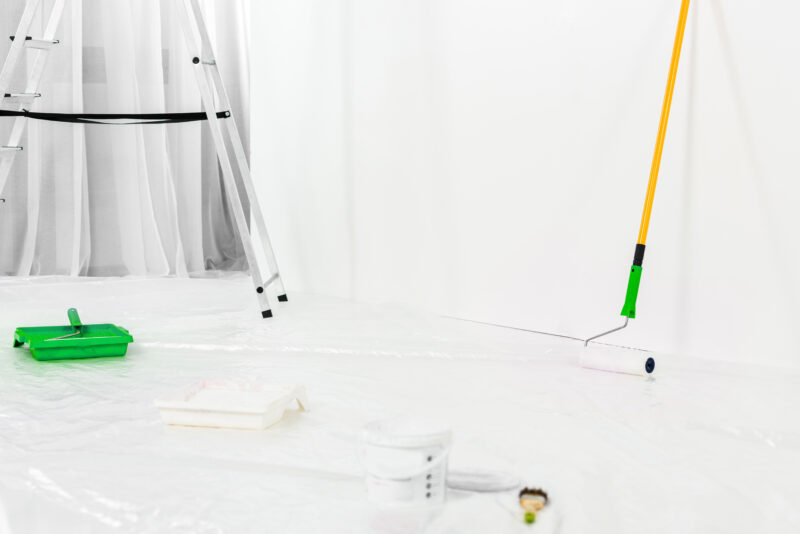
Plants are highly susceptible to infestations and disease, making cleanliness crucial for a successful grow. Your indoor garden should only contain the essentials needed for growing, and maintaining a sterile environment is the foundation of a healthy crop. Skipping this step can lead to serious problems later, so take the time to clean thoroughly before you even begin planting.
Start by cleaning the grow area before use. If you skip this, bugs, germs, and other harmful elements will quickly invade and sabotage your plants. You need to scrub the walls, vacuum, clean equipment, and wash the floors. If possible, remove carpets, as they can trap dust, pests, and mildew, which are all dangerous to your plants. Any residue or debris that might harbor insects, parasites, or diseases needs to be removed.
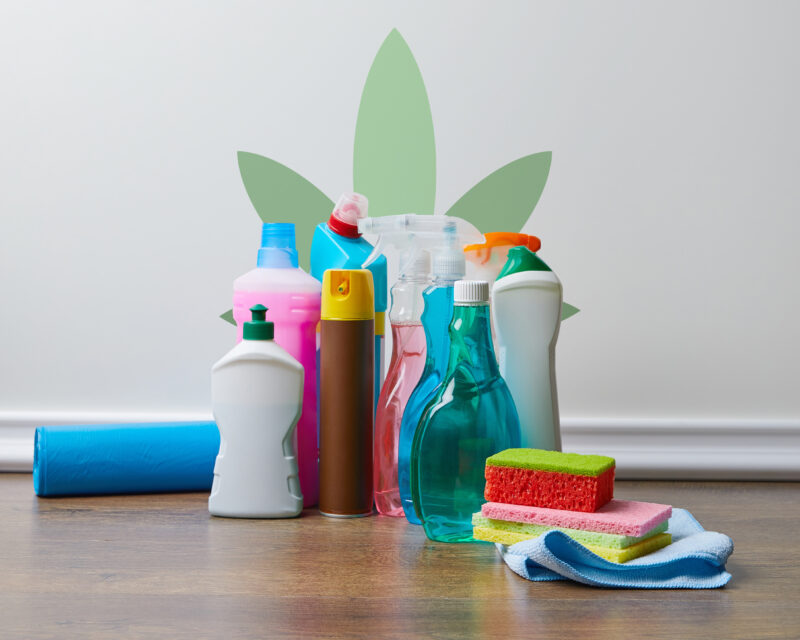
Once the area is cleaned of physical debris, it’s time to sterilize everything. Use a strong disinfectant like bleach or Lysol to kill any remaining bacteria, germs, or mold. It’s critical to eliminate any potential threats that could harm your plants. Pay extra attention to the corners and any holes, as pests love to hide in these areas. Your goal is to make the grow room as sterile as a lab—clean, germ-free, and safe for your plants.
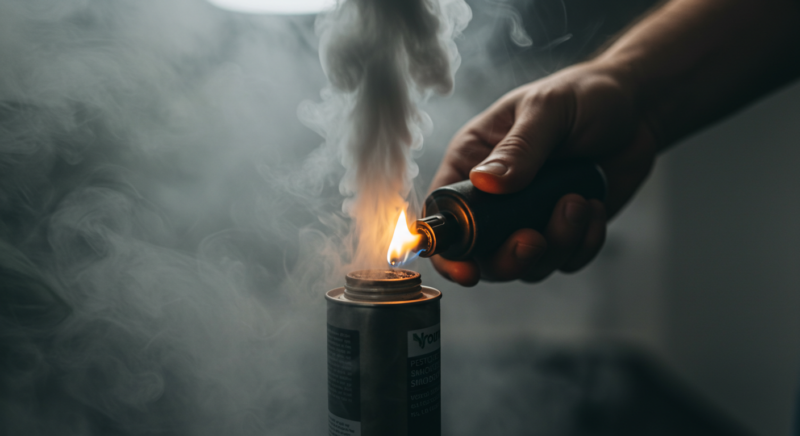
If you’re in an area prone to pests or insects, you might consider using a pesticide smoke bomb to treat the room before you begin growing. These are available at most hardware stores and can help wipe out pests, larvae, eggs, and other critters that could become a problem. Be sure to follow the product instructions carefully and, after using it, clean the walls, floors, and ceiling again to remove any pesticide residue. Air quality is key, and any leftover pesticide residue can harm your plants, so ensure everything is thoroughly cleaned.
Important rule: Never bring anything from outside directly into your grow room. Tools, equipment, and even clothing can carry pests or bacteria. Anything that enters the grow room should be considered a potential threat to your plants and cleaned with bleach or a disinfectant beforehand. Always wear clean clothes when entering the grow area and avoid contact with houseplants, as they are a common way to introduce pests like spider mites into your garden.
WARNING: Never enter your garden after handling houseplants. Spider mites, one of the most destructive parasites, can easily hitch a ride on your clothes and find their way into your grow room.
Step Three: Assess Electrical Needs
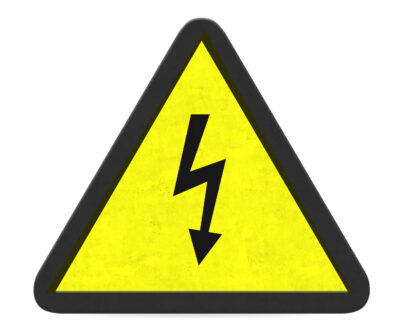
When setting up a grow room, assessing your electrical needs is crucial to avoid overloading circuits and ensure the safety and efficiency of your setup. A typical small 1- or 2-room grow closet will require a 15-20 amp electrical circuit at 120 volts and a 10-15 amp circuit at 240 volts. Understanding how to calculate your power consumption and manage your electrical circuits will help prevent potential hazards and maintain optimal performance for your lights, fans, and other equipment.
Calculating Electrical Load
An overloaded electrical circuit occurs when it operates beyond 80% of its maximum capacity, increasing the risk of overheating, tripping breakers, or even fire. To stay within safe limits, it’s important to calculate your total electrical load and distribute it correctly across circuits.
The 80% Rule
- A 15-amp circuit is considered overloaded when drawing more than 12 amps continuously (80% of its capacity).
- A 20-amp circuit is overloaded when it exceeds 16 amps.
Ensure you stay within safe limits, you can calculate your total wattage using the formula:
VOLTS x AMPS = WATTS
Here are a few examples:
- 120 volts x 7.3 amps = 876 watts
- 120 volts x 4.7 amps = 564 watts
- 120 volts x 6.5 amps = 780 watts
Keeping your equipment’s total wattage below the overload threshold, you’ll ensure that your circuits are running safely and efficiently, preventing potential electrical failures.
Important Note: Make sure all your electrical outlets and plugs are properly grounded. Ground wires are essential for safety, and they are usually green or brown, or brown with a green stripe.
Electrical Outlets and Grounding
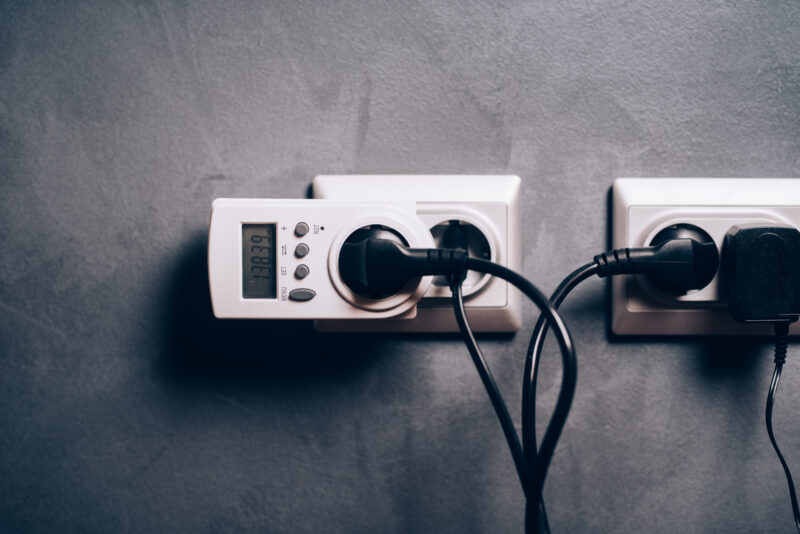
Having easy access to electrical outlets in your grow room is essential. Ideally, the outlet should be located inside the room for convenience. Remember to always keep water away from electrical outlets to prevent any accidents. Always make sure that grow lights, fans, and other equipment are connected to grounded outlets. If you’re unsure, use a ground fault tester to check the safety of your setup.
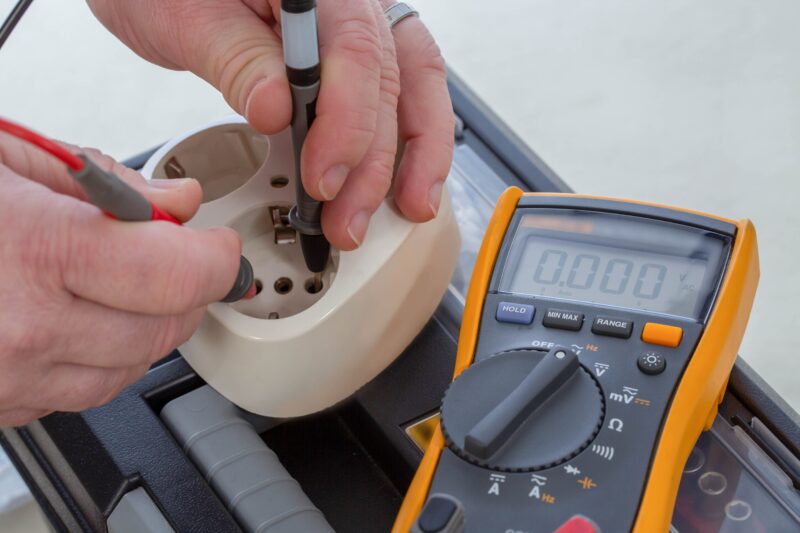
You may want to install a Ground Fault Circuit Interrupter (GFCI) outlet with its breaker switch for added safety. These outlets shut off power automatically when they detect an electrical fault, reducing the risk of electric shock. This is critical in grow rooms where water and electricity are often nearby. GFCI outlets are standard for bathrooms and kitchens, but they are just as important in grow rooms, especially where spills or high humidity are common.
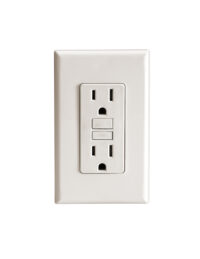
If you must use an extension cord to reach the outlet, for light-duty equipment like fans or small grow lights, use a 16/3 extension cord (16-gauge wire, 3 strands with ground). For heavier loads such as high-wattage lights, heaters, or air conditioners, use a 14/3 or 12/3 gauge cord. This ensures the cord can handle the current without overheating.
Extension cords should be no longer than 10 feet (3 meters) to prevent voltage drops and reduce the risk of overheating. Longer cords introduce resistance, which can lower voltage and damage equipment over time.
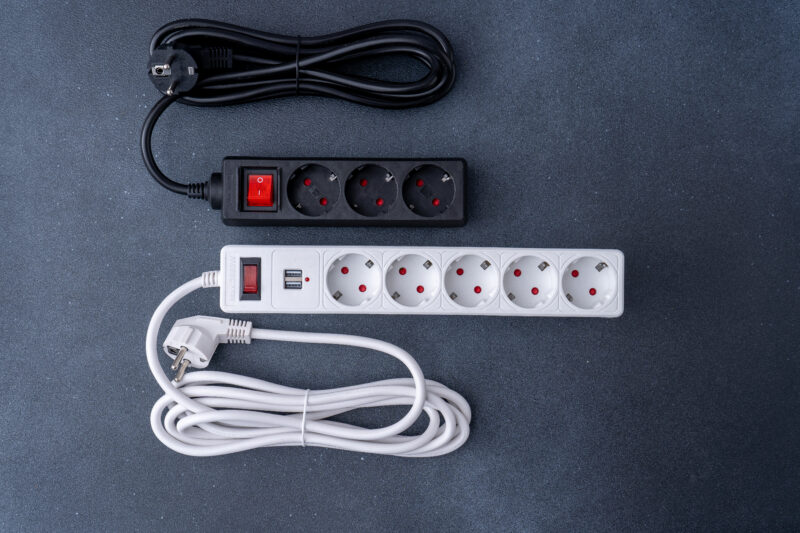
Use high-quality power strips with built-in surge protectors to protect sensitive equipment from voltage spikes. Avoid daisy-chaining multiple power strips or extension cords, as this can easily overload circuits and create a fire hazard.
Managing Circuit Breakers
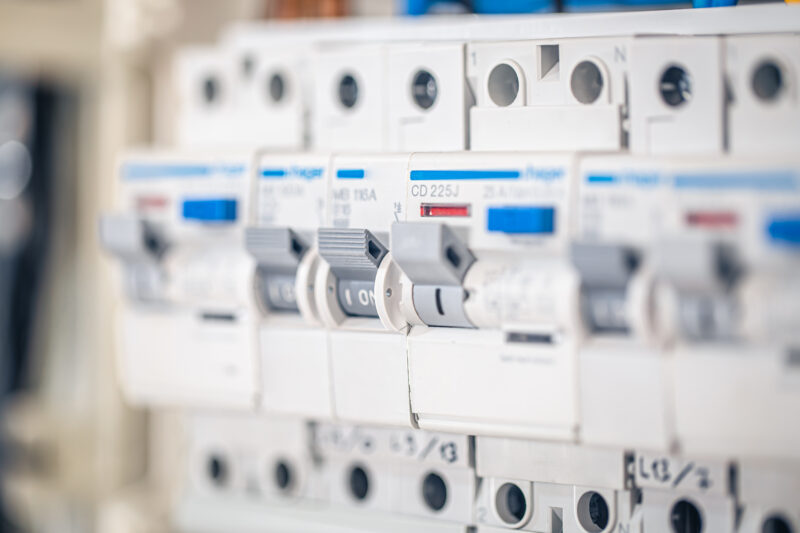
Circuit breakers protect your electrical system by shutting off power if they detect an overload or short circuit. Properly managing your breaker box and understanding its capacity is key to safely running your grow room. In North America, breaker boxes typically control 120 volts of electricity at 60 cycles per second, while European breaker boxes manage 240 volts at 50 cycles per second.
It’s important to know the capacity of your breaker box and ensure it’s equipped to handle the electrical demands of your grow room. For example, a large grow room may require multiple breaker switches to safely distribute power to high-wattage devices like HID or LED lights, fans, and ventilation systems. Keep an eye on your breaker switches to make sure they are rated appropriately for your grow setup.
A grow room with high-powered equipment like HID or LED lights, ventilation systems, and humidifiers may require multiple breakers to safely distribute the electrical load. This prevents individual circuits from becoming overloaded.
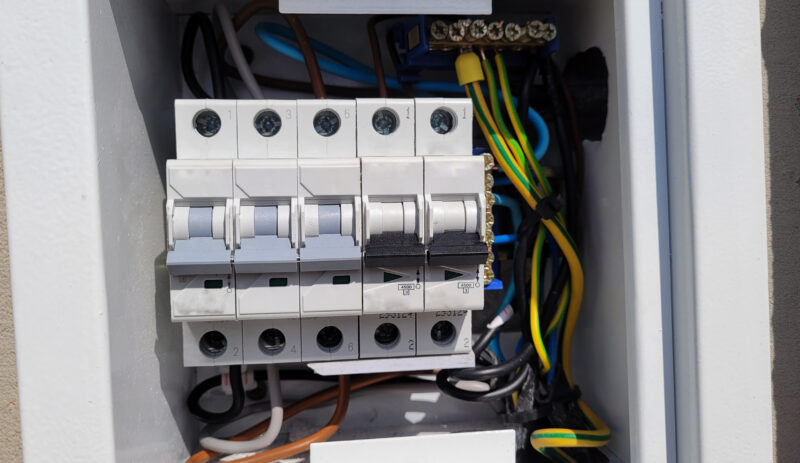
Consider installing a sub-panel if your grow room’s electrical needs exceed what your main breaker box can handle. This is common in commercial setups or large-scale indoor grows. A sub-panel allows you to distribute the power load more efficiently, ensuring that high-demand devices like lights, fans, and HVAC systems each have dedicated circuits.
Label each breaker in your box to indicate which equipment it powers. This helps you quickly identify and troubleshoot issues if a breaker trips. Regularly check the breakers to ensure they aren’t overheating, and use infrared thermometers to monitor the temperature of your breaker box.
Electrical Safety in Your Grow Room
- Circuit Isolation: If possible, isolate the grow room on its own dedicated circuit. This prevents interference from other household appliances and ensures that your grow equipment is receiving consistent power.
- Plan for Expansion: Always account for future expansion when designing your electrical system. Grow rooms often evolve with additional lights, fans, or air conditioning units, and planning for extra capacity now can save you from rewiring later.
- Regular Inspections: Periodically inspect all wiring, outlets, and plugs for signs of wear, damage, or corrosion, especially in high-humidity environments. Damaged cords or outlets are major fire hazards.
- Smart Power Monitoring: Install a smart energy meter to monitor your grow room’s energy consumption in real time. This can help you optimize power usage and identify potential issues before they become serious problems.
Step Four: How to Enclose Your Grow Room
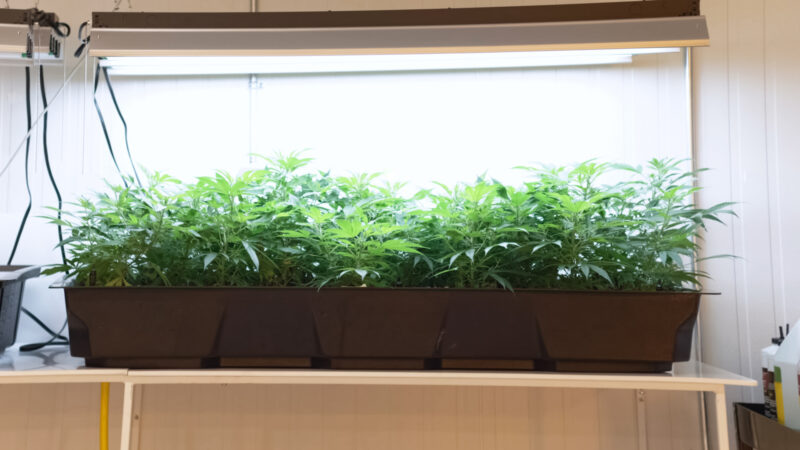
If you cannot make permanent changes to the space, such as drilling holes in walls, you can easily create a freestanding garden. Ideally, you already have a small enclosed room, but if not, it’s simple to construct an enclosed space that will allow you to control the light, temperature, humidity, and airflow within the grow room. Many growers opt for setting up in an unused corner of a larger room and build an enclosure around that area.
Building the Structure
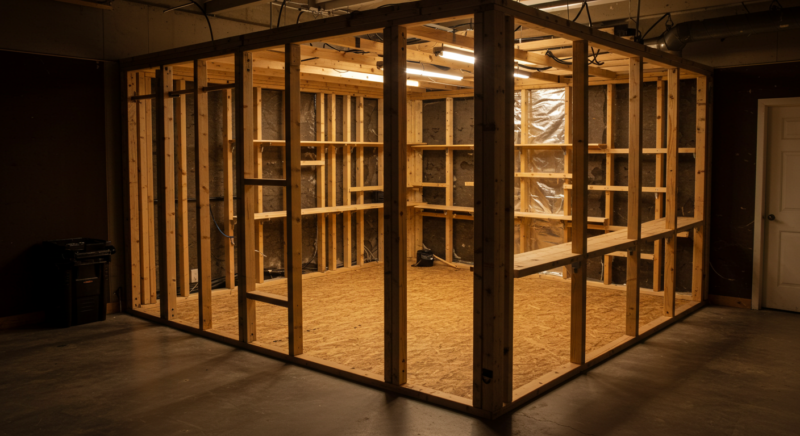
Enclose a grow room begin by framing the space using 2x4 boards (5 x 10 cm) or similar materials. Some growers use slotted angle iron, which is a lightweight construction material with pre-drilled holes for easy setup of walls and shelves. After the frame is complete, cover it with durable materials like polyethylene sheeting, plywood, or sheetrock. The choice of material depends on your needs for security, insulation, and light control.
- Polyethylene sheeting is affordable and easy to install but may not contain light or odors as effectively as rigid walls.
- Plywood or Sheetrock offer better insulation and privacy and can be made to blend in with the rest of your home.
If insulation is a priority, adding layers to the walls (e.g., insulation panels behind Sheetrock) can help maintain stable temperatures, control humidity, and reduce noise.
Securing the Covering
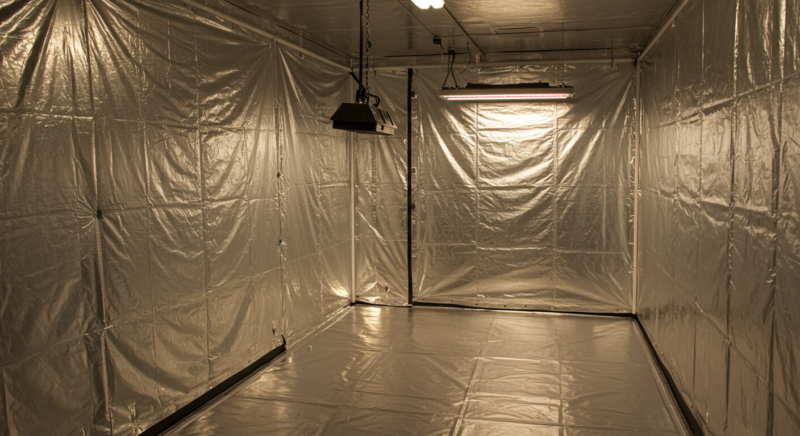
If you opt for plastic coverings like polyethylene sheeting, secure it to the walls using staples, Sheetrock screws, or duct tape. To ensure light doesn’t escape, reinforce the seams with duct tape or fasten them with 1x2-inch wood strips. Properly sealed walls and ceilings will help prevent light leaks and minimize odors from escaping, which is crucial if you want to keep your grow room discreet.
Insulation for Sound and Temperature Control
Insulating your grow room is a crucial step that can help you control temperature and humidity levels, and also reduce the noise coming from fans or other equipment. Adding insulation between walls, covering them with Sheetrock, and sealing gaps around the door will help soundproof the grow room, making it less noticeable in the rest of your home.
Install a Secure Door
Once the room is enclosed, it’s important to install a door with a lock and key to control access and ensure security. To further contain light and sound, line the door’s perimeter with plastic or carpet, preventing light from leaking out and reducing noise transmission.
Enclosed grow room, you can begin setting up your growing environment, knowing you have full control over the space. This step is crucial for maintaining the conditions necessary for optimal cannabis plant growth.
STEP FIVE: Divide the Room
You’ll need to divide the grow room into two sections to create a dedicated space for both seedlings/clones/mothers and flowering plants. The bottom third will be for seedlings, clones, and vegetative growth, while the top section will be for flowering. Start by installing a plywood shelf to serve as the partition between the two areas.
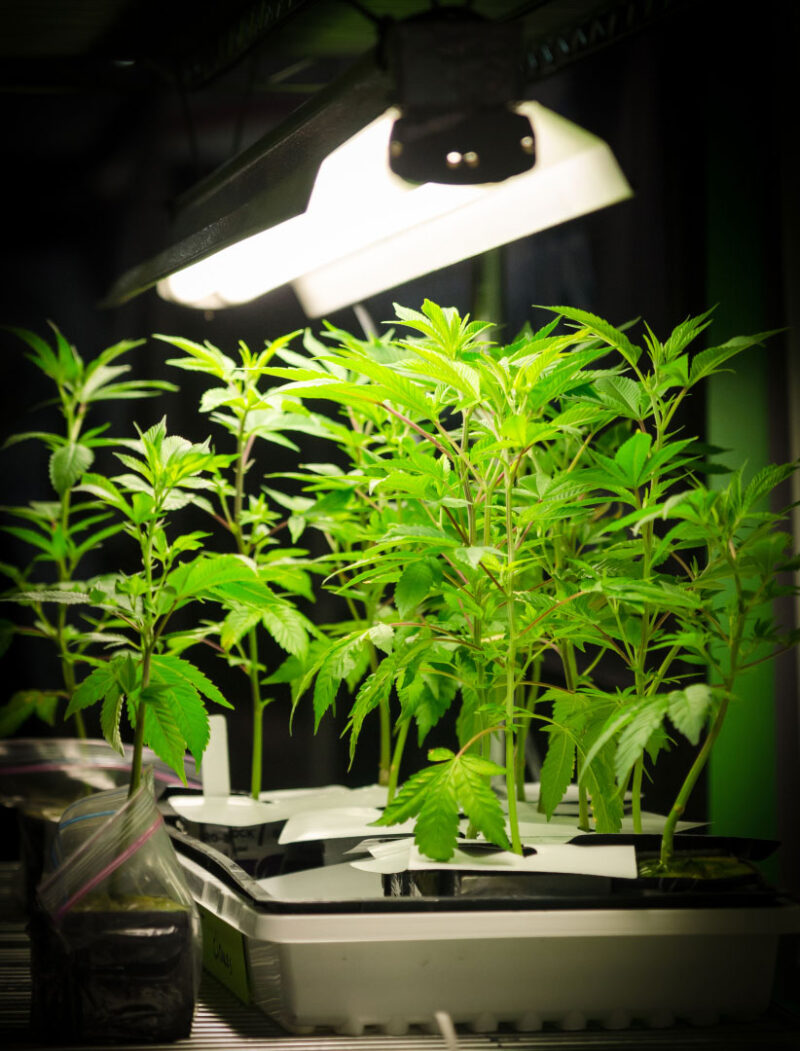
Frame the room using 1 x 2-inch (3 x 5 cm) boards or Mecalux, placing them 3-3.5 feet (90-100 cm) from the floor around the room’s walls. Secure the boards in place with screws. Then, cut a 3 x 4-foot (90 x 120 cm) piece of 0.75-inch (1.9 cm) plywood, making sure to cut out a 6 x 6-inch (15 cm²) section from the back right corner for the duct vent. Set the plywood on the ledge created by the framed boards, ensuring the vent hole is positioned at the rear.

Next, install rigid 6-inch (15 cm) ducting through the vent hole to connect the two rooms. Use small screws to mount an inline fan inside the duct to push air from the vegetative room up into the flowering room, ensuring proper airflow between the sections.
Step Six: Reflective Walls and Flooring
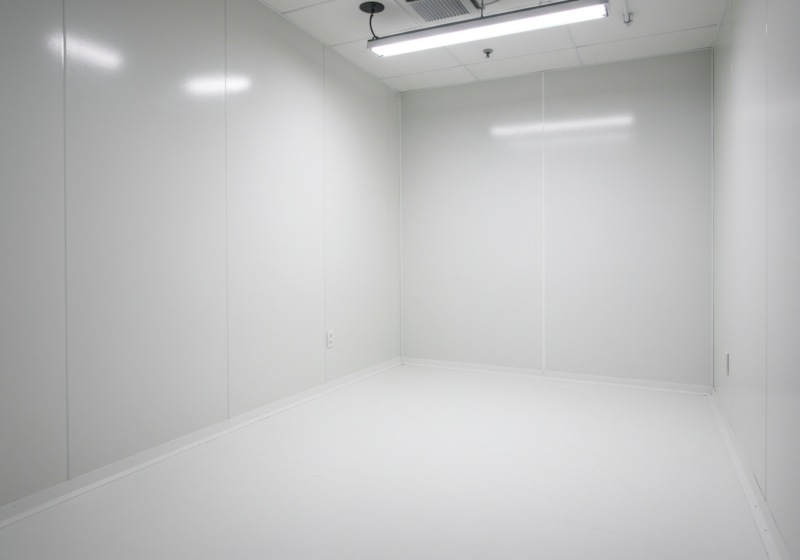
Maximizing light efficiency in your grow room, the walls need to be as reflective as possible. Reflective walls increase the light coverage on the perimeter of your garden by about 10%, ensuring that light reaches the lower parts of your plants. Additionally, a well-protected floor will keep the room clean, guard against water damage, and make it easier to maintain. Let’s dive into this step in detail.
Reflective Surfaces

Begin by painting or covering the walls with reflective materials like white polyethylene sheeting, mylar, or a similar product. The most budget-friendly option is using flat white latex paint, which reflects about 85% of the light. However, the quality of the paint matters—use high-quality flat or semi-gloss white latex paint. Avoid using low-quality or cheap paint because it requires more coats and doesn’t reflect as much light.
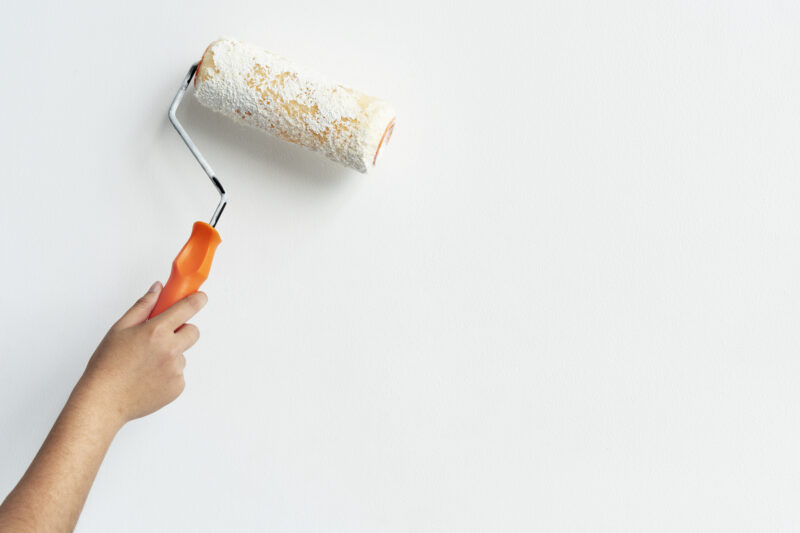
When painting, use a roller and paintbrush to cover the walls evenly. Be sure to apply at least two coats to ensure maximum reflectivity. Flat white paint is the most reflective option for growers who don’t want to invest in reflective materials like Mylar.
For those looking for even more reflective power, Mylar sheeting is an excellent option, as it can reflect 92-97% of light when applied properly. Mylar is a highly reflective polyester film, also used as a moisture barrier. It comes in varying thicknesses, the most common being 1mm and 2mm. The thicker 2mm Mylar is more durable but still needs to be handled carefully to avoid creasing. Creases and air pockets in Mylar reduce reflectivity and create hotspots—areas where light is concentrated unevenly, which can burn plants.
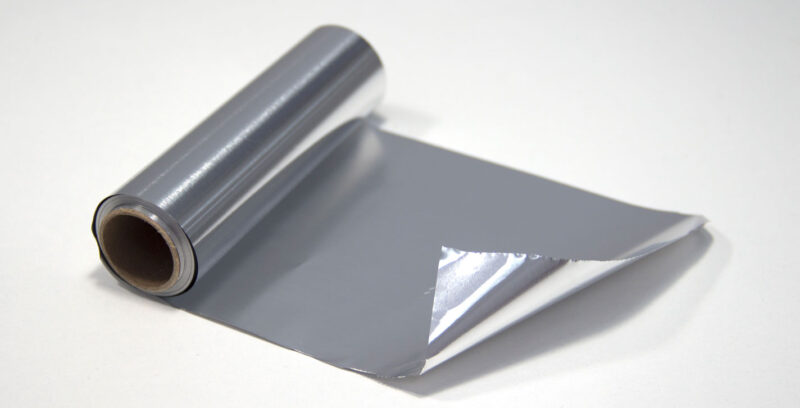
Foylon is another durable option, made from spun polyester fabric with a foil laminate. It reflects about 95% of light and is more resistant to tearing and creasing than Mylar. Foylon is easier to clean and will last longer than Mylar, making it ideal for growers who need a long-term solution.
When attaching Mylar or Foylon to your walls, it’s best to use Velcro or staples, ensuring that the material is applied smoothly and flush with the wall to avoid those damaging hotspots.
WARNING: Do not use mirrors or aluminum foil to reflect light. Mirrors absorb light, and foil only reflects about 55% of light, creating dangerous hotspots that can harm your plants.
Warning: If plastic is placed too close to the light, it will melt! Ensure that your reflective materials are properly installed and that there is sufficient distance between the plastic and any light sources.
Lining the Floor with Plastic
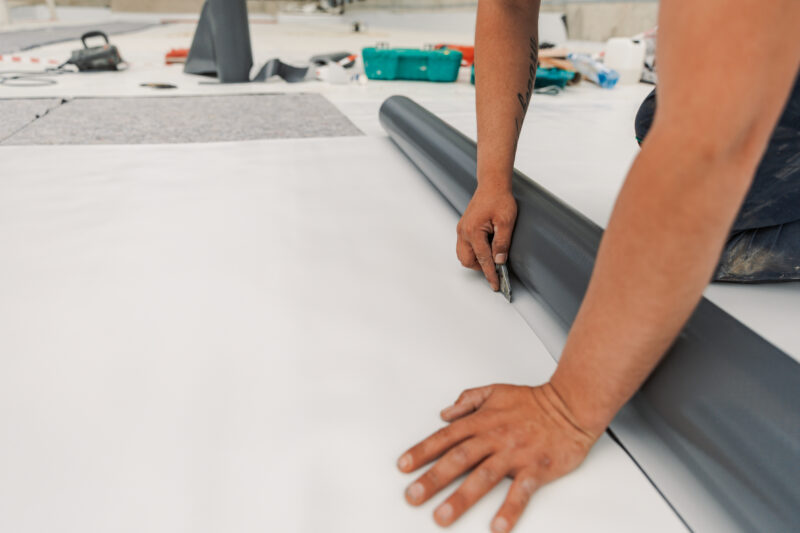
After you’ve set up the reflective surfaces, it’s time to protect the floor. Growing cannabis often involves spills, runoff, and excess water. To avoid damaging your floor or the structure beneath it, you’ll need to cover the floor with heavy-duty plastic sheeting. This plastic should be thick enough to act as a waterproof barrier, preventing water from seeping into the floor. Plastic sheeting used for painting or moisture barriers works well and can be purchased at most hardware stores.
Fold the plastic so that at least 6 inches (15 cm) run up the walls. This creates a kind of basin that catches any runoff water, preventing it from leaking into the floor and causing water damage. Secure the plastic to the walls with duct tape or staples, making sure the seal is tight all the way around the room. Any gaps or loose areas could allow water to escape and cause damage.
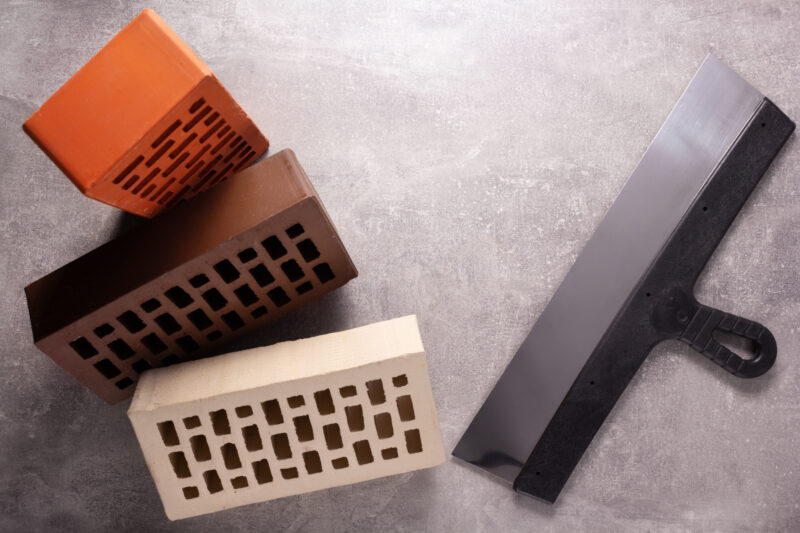
If you’re growing in soil, it’s important to keep the plants raised off the cold floor, especially if you’re growing in a basement or garage. Using cinder blocks or bricks with a wooden plank across the top will raise the pots off the floor, allowing for airflow and protecting the roots from cold conditions that could lead to root rot.
Flooring Tips
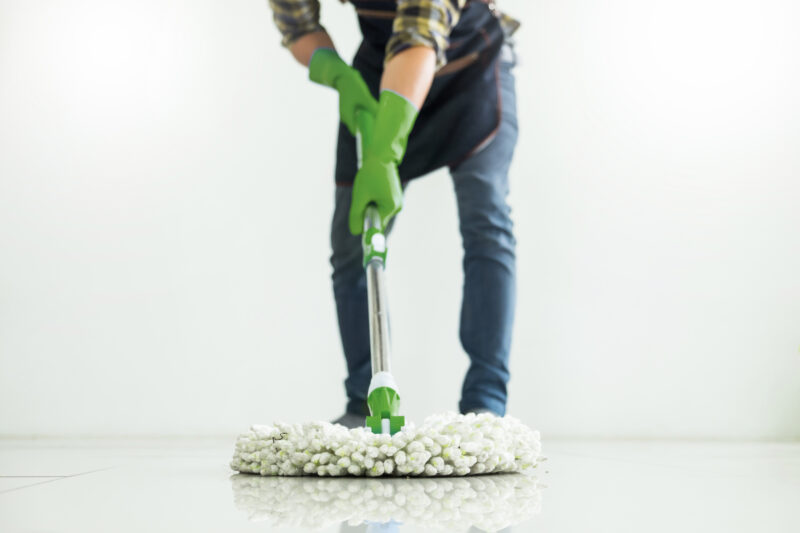
After setting up the plastic sheeting, you’ll need to pay attention to cleanliness. Frequent mopping of the floor is necessary to prevent the growth of mold or mildew. Spilled water and nutrient solutions can lead to unwanted conditions, and maintaining a clean grow space is crucial to your plants’ health. Using plant trays under your pots will help catch excess water and make cleaning up much easier.
If you want to maximize light efficiency even further, you can line the floor with white plastic or another reflective material, ensuring that no light is wasted.
Choosing the Right Reflective Surface
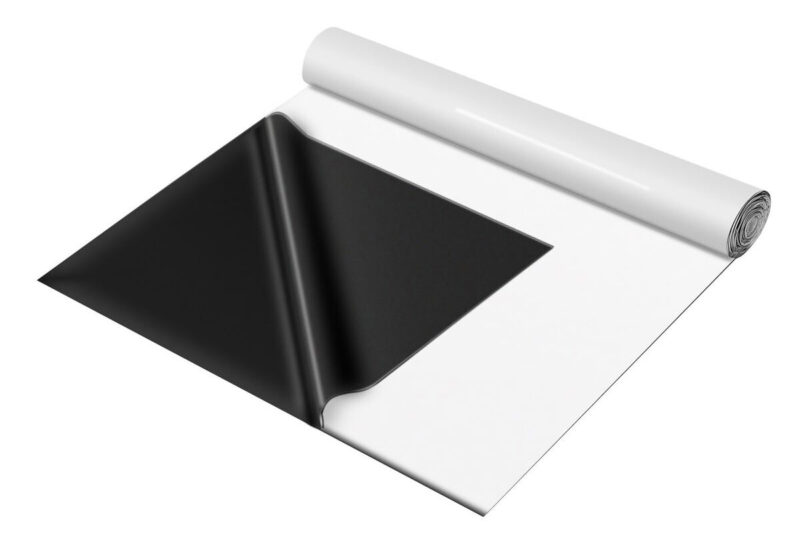
When choosing the best reflective surface for your grow room, it’s important to understand how different materials reflect light. Up to 40% of your total yield can come from the light that reflects off the edges of your grow space, so choosing the right reflective material can make a significant difference in your results.
Common Reflective Materials:
- Mylar: Mylar is one of the best materials for reflecting light, with a reflectivity rate of 92-97% under ideal conditions. It’s a highly reflective polyester film that doubles as a moisture barrier. Mylar comes in different thicknesses—1mm and 2mm are the most common. While it is highly effective, it can be prone to tearing or creasing, especially in the 1mm thickness. Mylar also reflects heat, so proper ventilation is important when using it.
- Foylon: Foylon is a more durable version of Mylar, made of spun polyester fabric reinforced with foil laminate. It reflects 95% of light and is more resistant to tears and creases, making it easier to clean. Foylon is ideal for long-term use and can be attached to walls using Velcro, which makes it easy to remove for cleaning or repositioning.
- Flat White Paint: Flat white paint is one of the most affordable and effective options for growers on a budget. It reflects 75-85% of light and doesn’t create hotspots like mirrors or foil. Semi-gloss or glossy white paints are less reflective, only reflecting 55-60% of light.
- Poly Plastic (White/Black): White/black poly plastic is a popular choice for grow room walls and partitions. The white side reflects 90% of light, while the black side blocks light, making it ideal for light-proofing areas of your grow space. The plastic is tough and easy to clean, and it’s also a good choice for partitioning sections of your grow room to separate vegetative and flowering areas.
- C3 Anti-Detection Film: This is a specialized type of Mylar that offers both 92-97% light reflectivity and 90% infrared shielding, making your grow room less detectable by infrared scanners.
Reflectivity and Placement
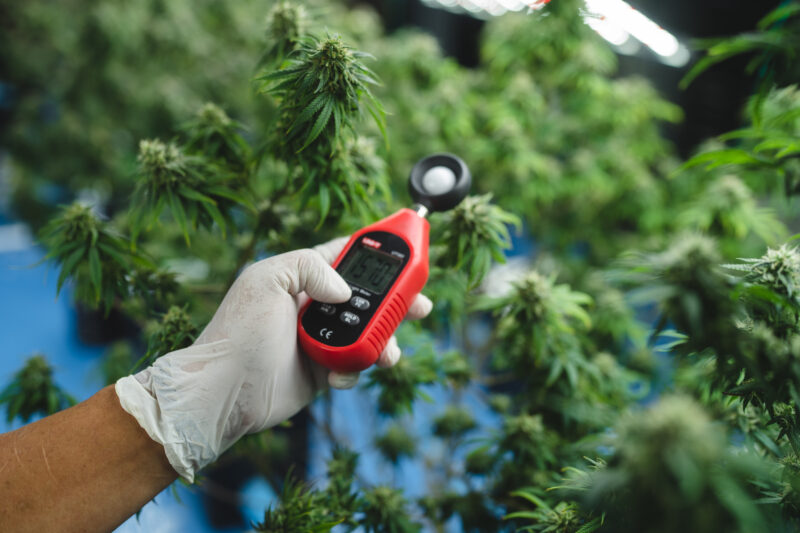
The closer your reflective surfaces are to the plants, the more effective they will be. Light diminishes exponentially as it travels away from the source, so maximizing the light that reaches the plants is key to achieving strong growth. If you want to get precise measurements, a light meter can help determine how well your walls are reflecting light.
Step Seven: Install a Ventilation System

Ventilation serves two main purposes: it removes heat generated by grow lights and helps maintain a consistent supply of fresh air, replacing the carbon dioxide that plants consume during photosynthesis. The right ventilation system will not only control the room’s temperature but also ensure a steady airflow, allowing your plants to breathe and thrive. Without proper air exchange, your grow room can quickly turn into an unhealthy environment for your plants.
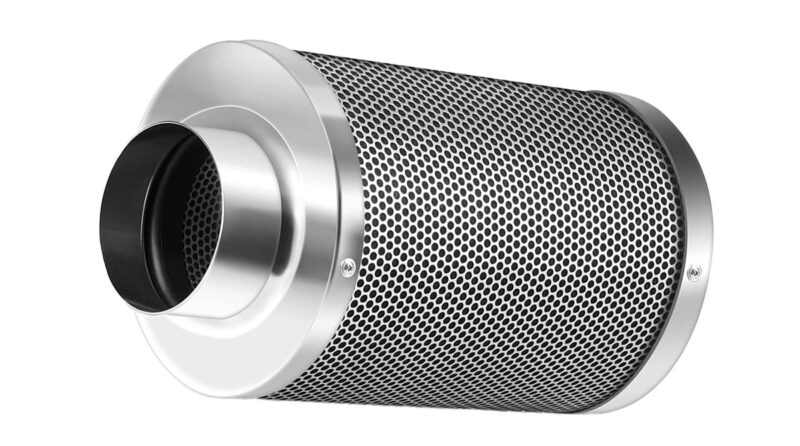
Most grow rooms, odor control is also a concern. A vent fan helps filter out the strong smell of cannabis plants during their flowering stage, keeping your operation secure from unwanted attention. In this case, you’ll need a more powerful fan to pull air through a charcoal filter (also called a carbon filter), which neutralizes odors before the air is vented out.
How to Set Up Your Ventilation System
Designing the Ventilation System
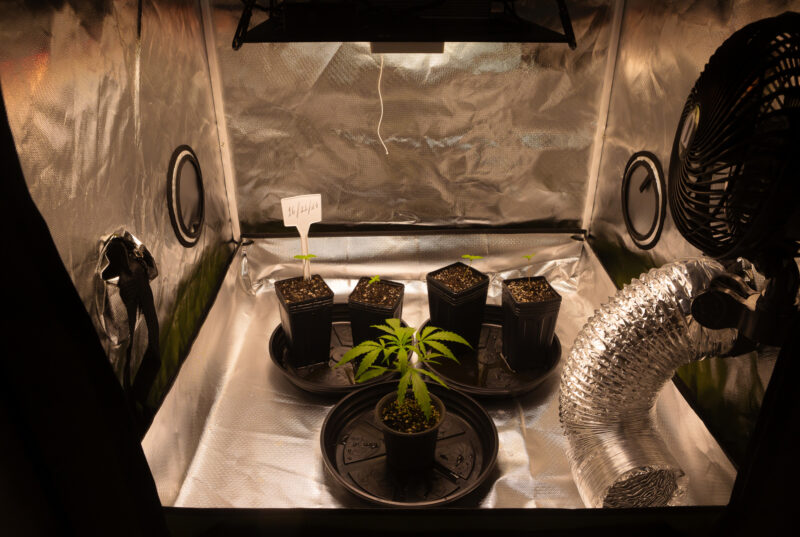
The goal is to construct a ventilation system that draws cool, fresh air into the bottom of the room and expels hot, stale air from the top. This setup mimics the natural flow of air in the environment: cool air tends to settle near the floor, while hot air rises. By strategically placing your intake and exhaust vents, you create an efficient air circulation system that keeps temperatures within an ideal range for cannabis growth (typically 65-80°F, or 18-27°C).
Most of the time, one of the biggest challenges is figuring out where and how to install the exhaust ducting without causing significant structural damage. Running the duct through a window, chimney, or another pre-existing exit point is usually the easiest solution. However, if you’re unable to use an existing vent or window, you may need to cut into the ceiling or wall to install the exhaust fan.
Step-by-Step Installation:
- Locate the Exhaust Point: The exhaust vent should be placed as high as possible, ideally near the ceiling, where hot air naturally accumulates. Before cutting into a wall or ceiling, measure carefully and ensure there are no wires or other obstacles behind the surface.
- Cut the Vent Hole: Once you’ve determined the exhaust location, cut a hole large enough to fit your ducting (usually 4, 6, 8, or 10 inches in diameter). Use rigid ducting for the best airflow. If you’re installing the vent through the ceiling into the attic, measure the spot from below, then go into the attic to confirm there’s no insulation, wiring, or obstacles in the way before cutting.
- Install the Ducting and Fan: Attach the ducting through the vent hole and secure it with screws. The fan should be installed inside the ducting to pull hot air out of the room efficiently. Use a fan that’s powerful enough to exchange the room’s air 3-5 times per minute. Attach the fan to the ducting and secure it in place with screws or brackets.
- Run the Exhaust Outside: You’ll need to ensure the air is vented outside, away from the room. This could mean running the duct to an attic vent, a roof vent, or out of a window. Always use louvers or vents on the outside of the house to prevent animals or pests from entering the ducting. If you’re using a carbon filter to neutralize odors, install it at the intake side of the exhaust fan to ensure that the air is properly filtered before leaving the room.
TIP: Using rigid ducting instead of flexible ducting ensures better airflow and quieter operation. Flexible ducting can create turbulence and resistance in the airflow, which makes the fan work harder and generates more noise. When possible, choose the largest diameter ducting your space allows, as larger ducts allow air to flow more freely.
Venting Into Different Areas
- Attic Ventilation: If you’re venting air into an attic, make sure you install louvers or vent covers to allow hot air to escape outside. Simply venting into the attic without an exit point can lead to trapped heat and potential moisture problems.
- Roof Ventilation: Cutting into a roof can lead to leaks if not done correctly. If you’re venting through the roof, it’s essential to seal the hole properly with waterproof materials and flashing to avoid leaks during rain or snow.
- Chimney Venting: Another option is to run the exhaust duct through an existing chimney, but you must ensure that you’re venting into a ventilation pipe, not an active sewer pipe. Installing a backflow valve in the vent system prevents any unwanted smells or gases from flowing back into the grow room.
Fan and Duct Sizing
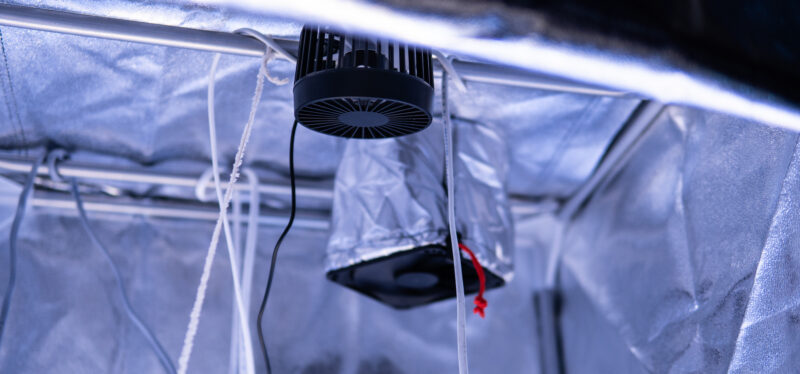
Choosing the right fan size for your grow room is crucial. Every fan has CFM rating (cubic feet per minute) tells you how much air it can move. To ensure efficient ventilation, aim for a fan that can exchange the total volume of air in the room at least once every 1-5 minutes.
Calculate Your Grow Room’s Ventilation Needs:
- Measure the length, width, and height of your grow room.
- Multiply these three numbers together to get the cubic footage of your room.
- Divide the cubic footage by the number of minutes you want the fan to exchange the air (1-5 minutes).
- Choose a fan that has a CFM rating equal to or greater than that number.
For example, if your grow room is 10 feet long, 8 feet wide, and 8 feet high, its total volume is 640 cubic feet. You would need a fan with a 640 CFM rating to exchange the air once every minute.
Air Circulation and Fresh Oxygen
Beyond removing hot air, a constant supply of fresh oxygen-rich air is essential for vigorous plant growth, especially during the vegetative and flowering stages. Indoor grow rooms, especially those in enclosed spaces like basements or attics, often require an active intake system to ensure that fresh air is consistently cycled into the room.
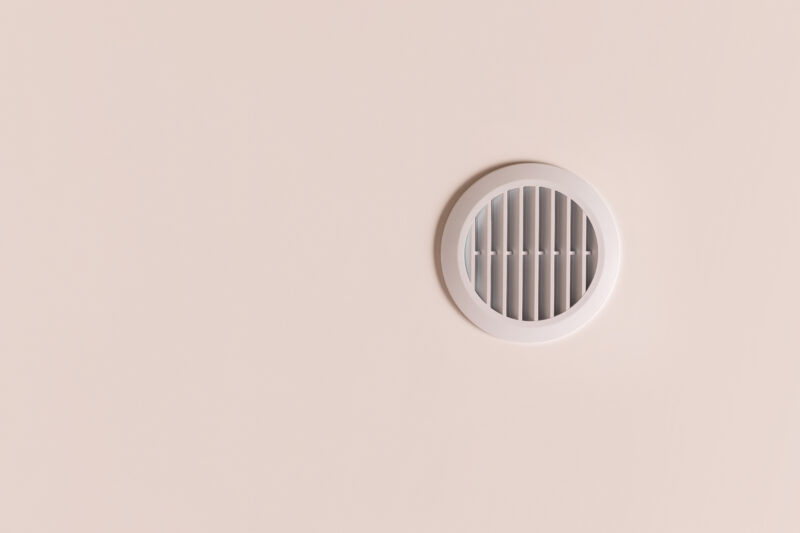
Fresh air can enter through a passive intake, which is an opening (usually at the bottom of the grow room) that allows outside air to flow in naturally as the exhaust fan creates negative pressure by pulling air out of the room. However, for larger rooms or areas with poor air circulation, an active intake system, such as a second fan, might be necessary to help pull in fresh air.
Installing a Circulation Fan
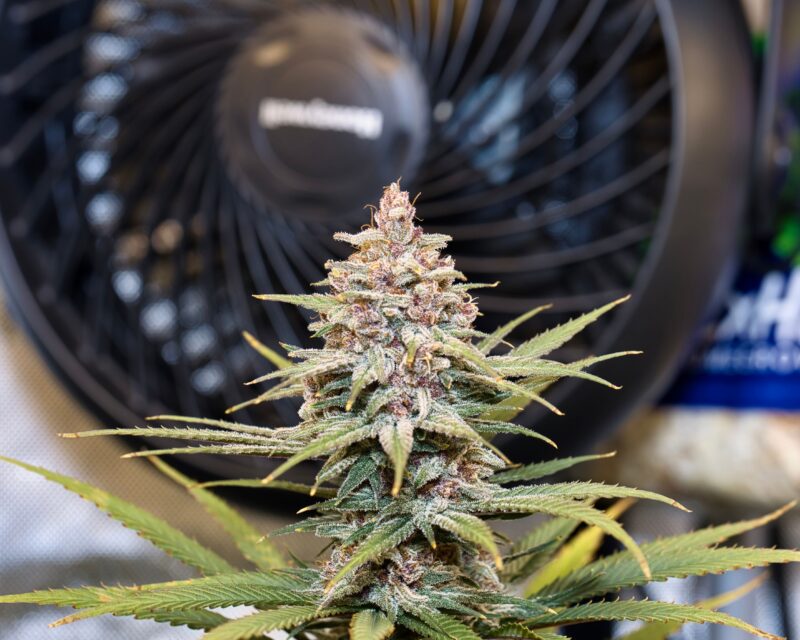
Proper air circulation is essential in all grow rooms, particularly during the flowering stage. Without adequate airflow, plants can become prone to mold, pests, and poor growth due to stagnant air. Increasing air movement in your grow room can be achieved through the installation of circulation fans.
Small clip-on oscillating fans are perfect for small grow rooms. These fans are versatile, allowing you to easily adjust and direct airflow to where it’s most needed. They’re also lightweight and portable, making them ideal for growers who may need to reposition the fan as their plants grow.
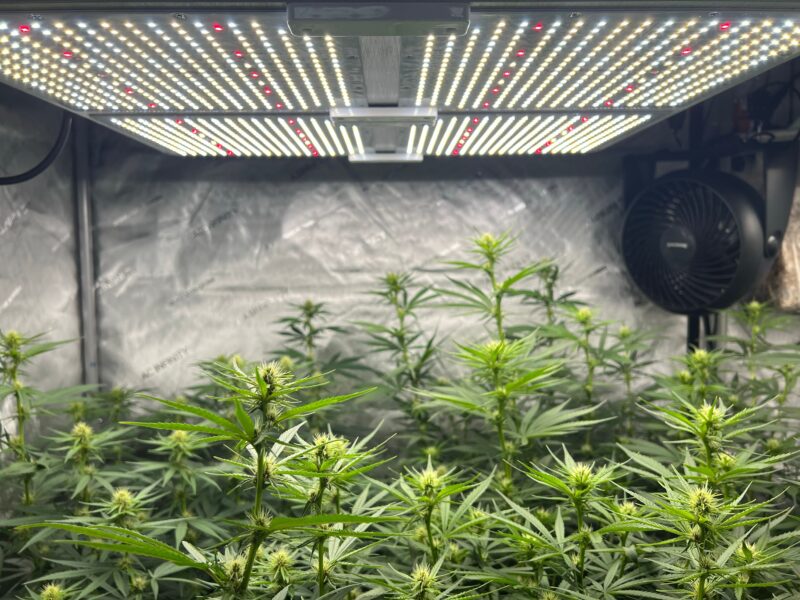
For larger spaces, you can opt for an inexpensive wall-mounted oscillating fan or a fan mounted on the ceiling. These fans ensure that the air is circulated throughout the entire grow space, helping to maintain even temperatures and humidity levels, while also strengthening the plants’ stems through the constant, gentle breeze.
Determine to the appropriate size and number of fans for your grow space. As a general rule, it’s recommended to have at least one 12-inch (30 cm) circulation fan for every 400 watts of light used in your grow room.
By installing the right number and size of circulation fans, you can create a healthy growing environment that mimics the natural airflow cannabis plants experience outdoors, leading to stronger, more resilient plants.
Maintaining Proper Ventilation
Ensure the long-term success of your grow room’s ventilation system, regularly check the following:
- Fan performance: Make sure your fan is moving air efficiently and isn’t clogged with dust or debris.
- Duct cleanliness: Periodically clean your ducting to prevent dust buildup, reducing airflow and leading to inefficient cooling.
- Filter replacement: Change carbon filters when they become saturated with odors or are no longer effective.
Warning: Dusty and dirty air can harm your plants just like it harms you. Ensure your grow room is clean and well-ventilated to protect your plants from stress, disease, and pests.
Step Eight: Odor Control

Odor control is a critical element in maintaining the security of your grow room. The strong fragrance of flowering marijuana can easily attract unwanted attention from neighbors, visitors, or even law enforcement, so it’s essential to neutralize these odors before they leave your grow space.
The most effective way to deal with the smell of cannabis is by using an activated carbon filter attached to an extraction fan. Carbon filters are incredibly efficient at removing odors because they absorb odor molecules from the air before it’s vented outside the grow room. As the air passes through the carbon, unwanted smells are trapped, ensuring the air leaving your room is neutral and odor-free.
Choosing the Right Carbon Filter
When selecting a carbon filter, choosing the right size for your grow space is essential. Filters are typically rated by CFM (cubic feet per minute), which measures how much air the filter can clean in a minute. If the filter is too small for the grow room, it won’t remove all the odors effectively. If it’s too large, you’ll waste energy and resources mounting an oversized filter.
For example, a carbon filter rated at 200 CFM is usually more than enough for an average closet-sized grow room. If you’re working with larger spaces, you’ll need a higher-rated filter to match the room’s ventilation needs.
Check with suppliers like Can-Filters (one of the best-selling activated charcoal filter brands, though heavier) or Organic Air Charcoal Fiber Filters (lighter alternatives) to find the right filter for your space.
Fan Requirements
Remember that drawing air through a carbon filter requires a more powerful extraction fan than a typical air ventilation system. Carbon filters add resistance to the airflow, so you’ll need to ensure your fan has enough power to pull air through the filter efficiently. This means choosing a fan that’s rated for the same or higher CFM than your filter to maintain proper air exchange rates.
Masking Lingering Odors
Even with a carbon filter, some lingering odors might still be present. To cover up any residual smells, you can use odor-masking products like air fresheners or neutralizing gels. These products work best when used near doorways or exhaust exits. Be sure to check with your local hydroponic store for recommendations on effective odor-masking solutions.
You can keep your grow room secure and prevent unwanted attention by ensuring proper odor control with carbon filters and supplementary masking products.
WARNING: Make sure the carbon filter and extraction fan are securely mounted to handle the weight of the filter, especially if you’re using a traditional, heavier model.
Step Nine: Installing a Thermometer/Hygrometer for Climate Control
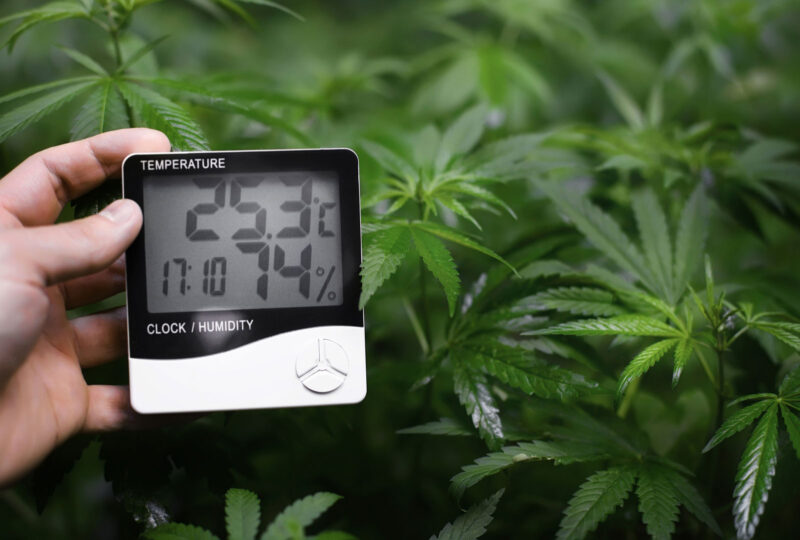
Install at least one thermometer/hygrometer in your grow room to monitor both temperature and humidity levels. Digital models are highly recommended because they are accurate, easy to use, and simple to read.
Steps for Installation:
- Calibration: Before using, calibrate your thermometer/hygrometer by comparing it with one or two other devices to ensure accuracy over time.
- Placement: Position the device midway between the ceiling and floor, either mounted on the wall or hanging from a string. This placement gives you a more accurate reading of the room’s overall climate.
- Daily Monitoring: Check the meter daily to keep track of any fluctuations in temperature or humidity.
Controlling the Climate
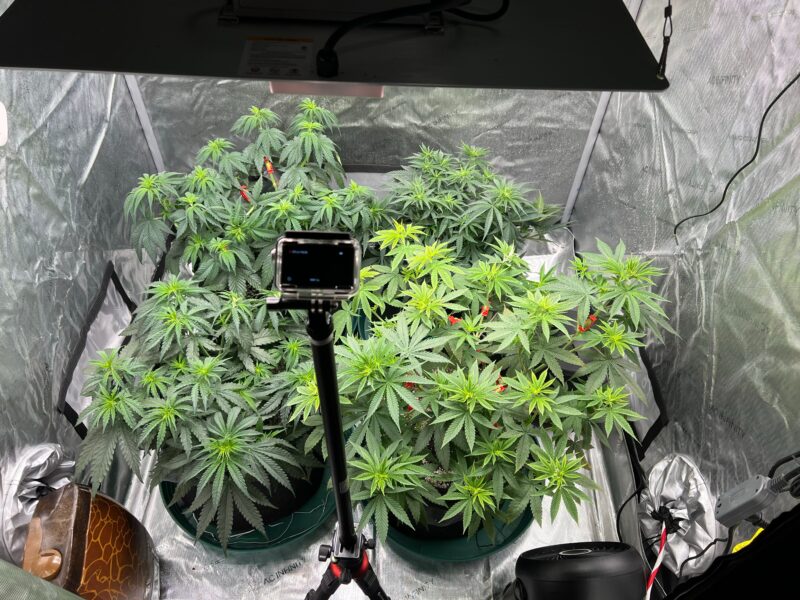
In most grow rooms, you can control the climate using a ventilation fan connected to a timer or rheostat to regulate airflow. By regularly monitoring the environment and adjusting ventilation, you’ll keep the temperature stable—around 75°F (24°C) during the day and 65-70°F (18-21°C) at night. Additionally, keep humidity levels below 50% in the flowering room, while maintaining around 60% humidity in the vegetative room, both day and night.
Investing in Climate Controllers:
If your budget allows, consider investing in a temperature and humidity controller. These devices can automate climate regulation, keeping conditions ideal for plant growth. Prices range from $50 to $1,500 USD, and investing in a reliable, high-quality controller will save time and effort in maintaining an optimal grow environment.
Step Ten: Setting Up Grow Lights
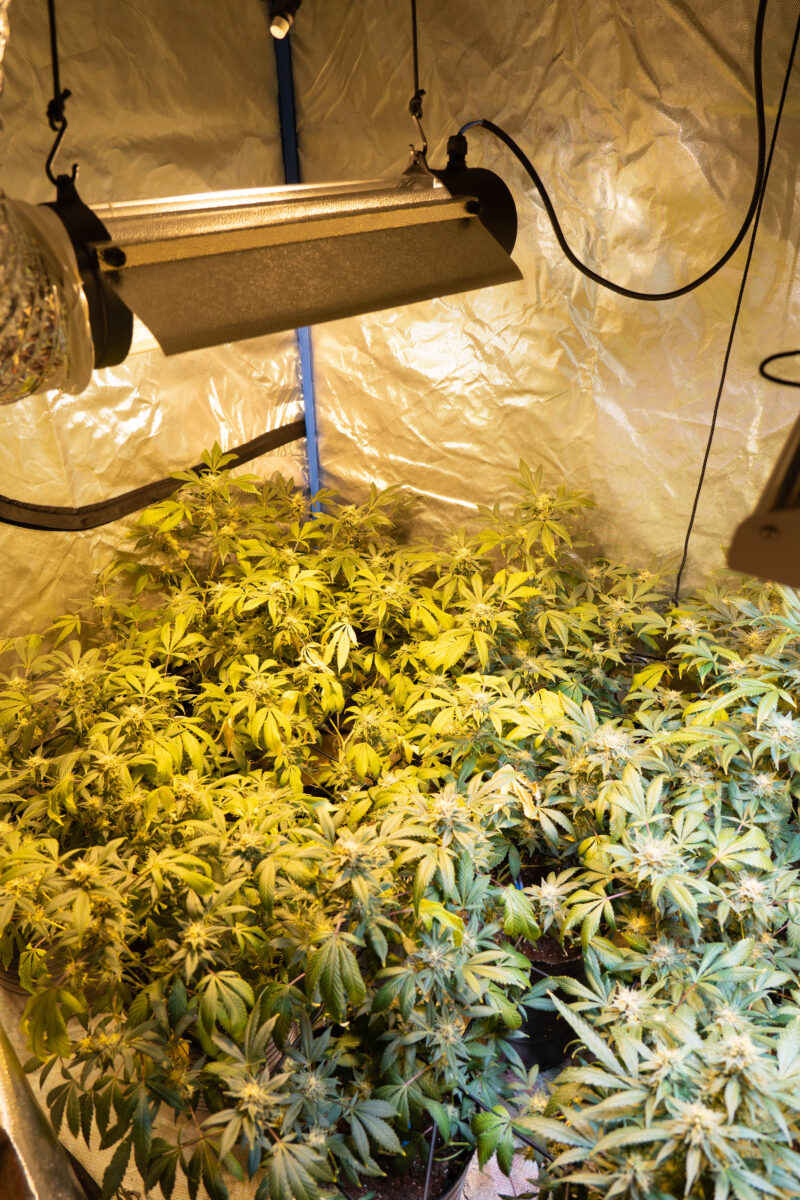
Proper light orientation is essential for maximizing the efficiency of your grow lights. Here’s how to set up your lighting for optimal coverage:
Positioning the Light Fixture:Orient your reflective hood fixture so that light is distributed most effectively across your grow space. Remember that less light is emitted from the ends of the fixture and more from the sides, creating a rectangular footprint of light below. For example, in a room measuring 3 x 4 feet (90 x 120 cm), align the HID fixture so that the ends of the bulb run along the 3-foot (90 cm) axis, while the sides of the fixture extend along the 4-foot (120 cm) axis. This orientation ensures the most even light coverage over your plants.
Hang the lamp securely using an eyebolt for support.
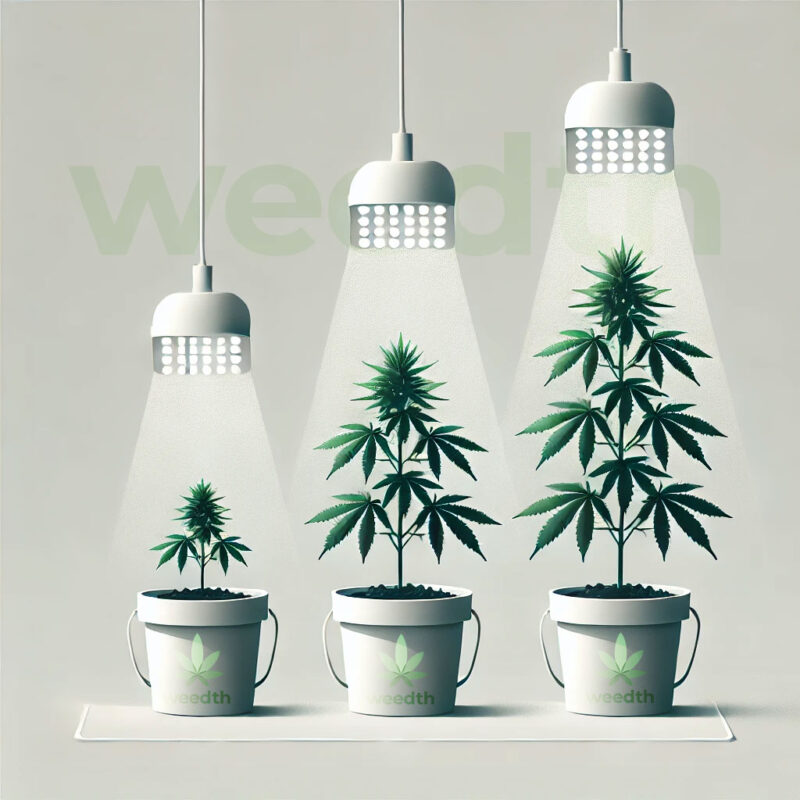
Installing Lights in the Flowering Room:To install the lamp in your flowering room, secure 1 or 2 hooks (depending on your light fixture’s needs) into a sturdy portion of the ceiling, such as a beam or 2 x 4 (5 x 10 cm) board. Attach the HID reflective hood and bulb fixture to the hooks using a chain or durable cord. If you’re using a cord, tie the other end to a cleat on the wall, allowing you to easily adjust the fixture’s height as your plants grow.
Place the remote ballast outside the grow room or on a high shelf. This keeps excess heat near the ceiling, making it easier to vent the heat out.
Weight Considerations:If the ballast is attached to the fixture, make sure the hooks are strong enough to support 30 pounds (14 kg) per lamp. This ensures stability and safety in your grow room setup.
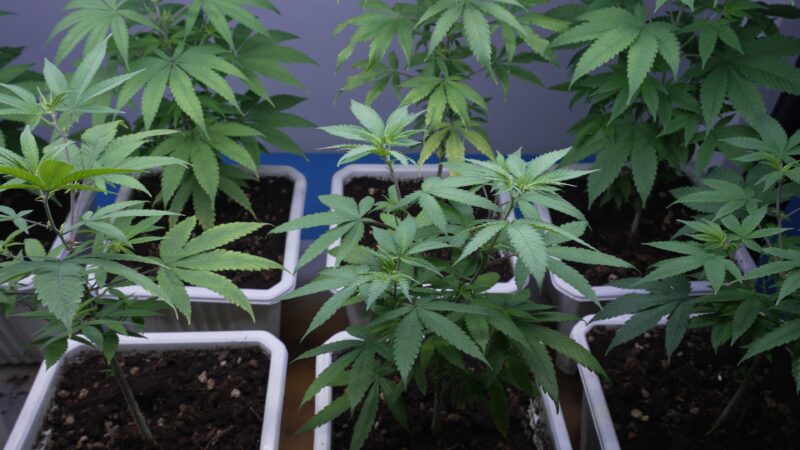
Setting Up Smaller Lights for the Vegetative/Clone/Seedling Room:In the vegetative, clone, or seedling room, smaller lights like fluorescent or CFL fixtures are ideal. To hang these lights, screw hooks into the 0.75-inch (1.9 cm) plywood ceiling, and use chains or cords to adjust the height. As with the flowering room, attach the other end of the cord to a cleat on the wall for easy height adjustment.
By following these steps, your grow lights will be properly positioned and securely mounted to ensure maximum light efficiency for your plants’ growth.
Step Eleven: Room Systems Check
Your grow room is fully set up, and performing a thorough systems check before introducing any plants is crucial. This step ensures that everything operates smoothly, avoiding potential issues once the plants are in place.
- Test All Systems: Turn on all the equipment—lights, fans, ventilation systems, and any other devices you’ve installed. Make sure everything runs simultaneously without issues. This is your chance to catch any electrical overloads or malfunctioning equipment.
- Simulate Plant Conditions: Place a large pan of water on the main growing beds. This simulates plant transpiration and gives you a clearer picture of how your grow room will manage moisture. Close the doors to the grow room and let everything run for an hour or two.
- Check Temperature and Humidity: After letting the room run for a couple of hours, open the doors and check both the temperature and humidity levels. This will help you determine if your ventilation and climate control systems are maintaining the ideal environment.
- Test Without Ventilation: Turn off the fans while leaving the lights on for about 30 minutes. Close the doors again, and afterward, check the temperature and humidity. This test will reveal how hot and humid the room can get without proper ventilation, giving you insight into how vital your air circulation system is for maintaining an optimal climate.
- Hydroponics System Check: If you’re using a hydroponic system, cycle all the water systems. Ensure that water flows consistently from all emitters and that it drains back to the nutrient tank without any obstructions. Look for leaks and test the timer’s on/off functions multiple times to confirm everything works correctly.
STEP TWELVE: Bring Plants Into the Grow Room
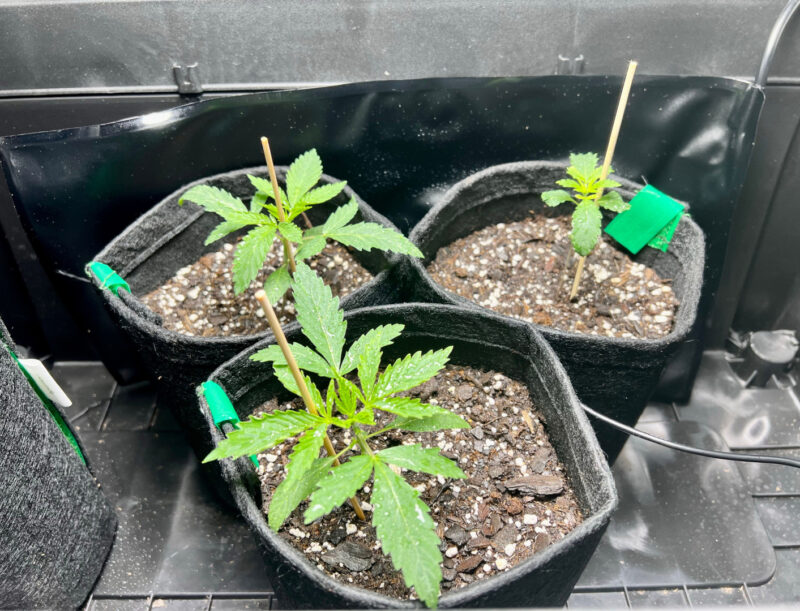
Now that your grow room is fully operational, it's time to introduce your plants. Begin by moving seedlings and rooted clones into the room, arranging them closely together under the lamp to maximize light exposure. However, be cautious with the placement of your HID lamp to avoid burning the delicate leaves of young plants.
- Lamp Placement: For a 400-watt lamp, position it about 18 inches (45 cm) above the seedlings and clones. If you're using a 600-watt lamp, keep it 24 inches (60 cm) away. For a 1000-watt lamp, maintain a distance of 30 inches (75 cm).
- Daily Adjustments: It's essential to check the distance between the lamp and the plants daily. The plants will grow, and the distance will need adjusting to prevent light burn. To make this easier, hang a precut string from the light hood to measure the distance consistently.
The only thing left is monitor your grow, and enjoy watching your plants thrive!

